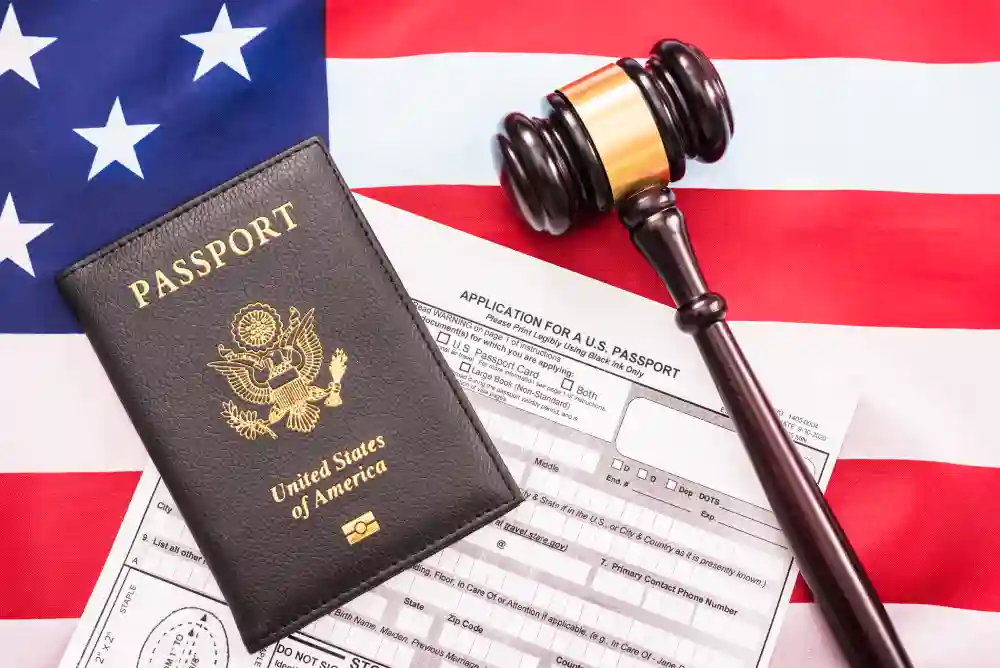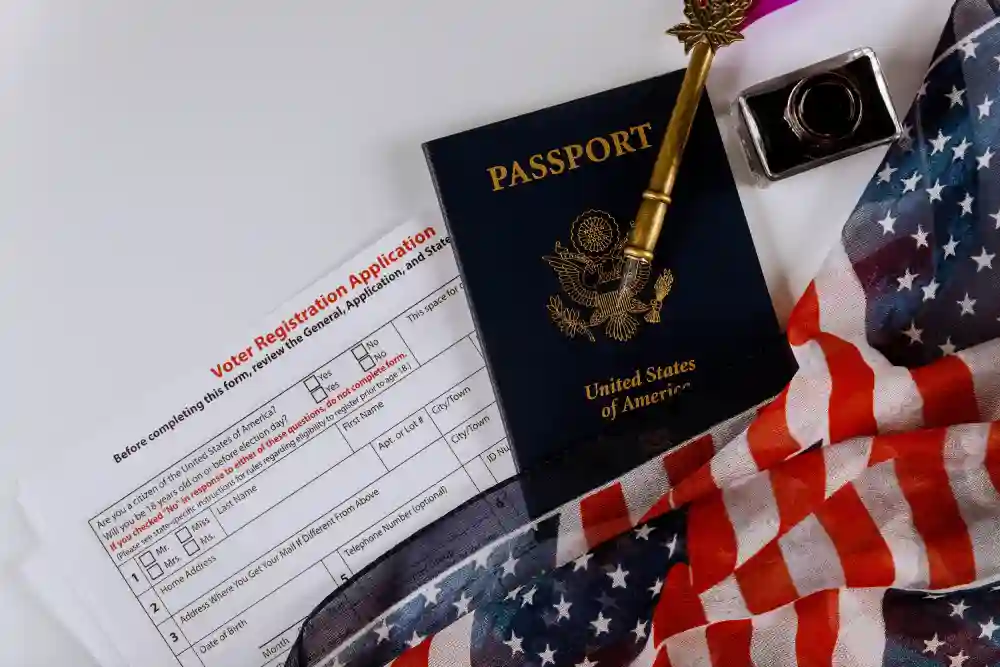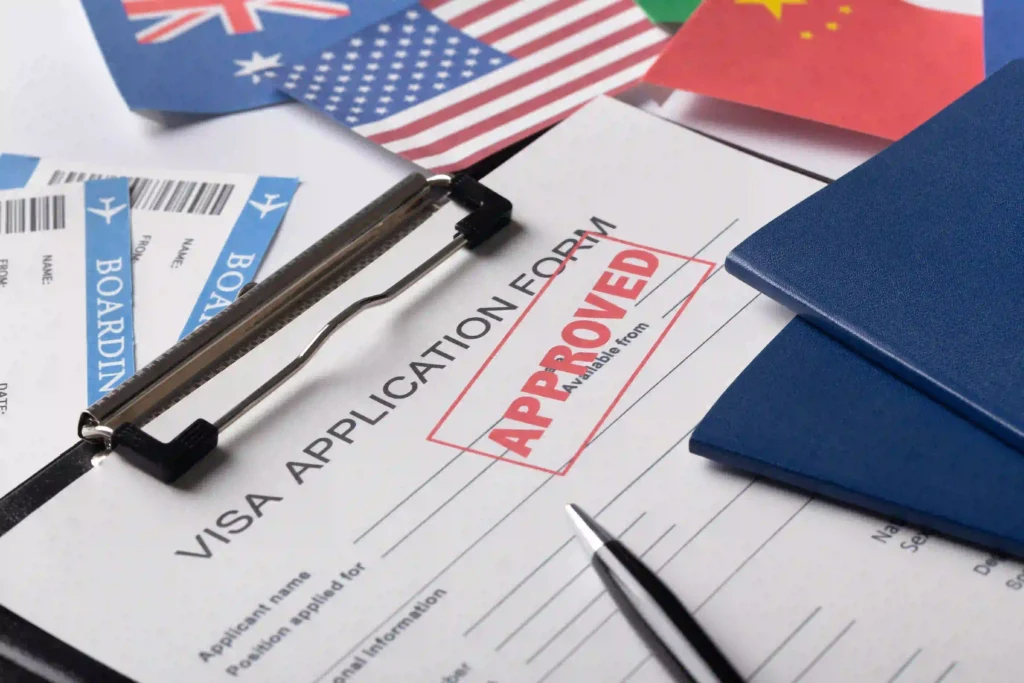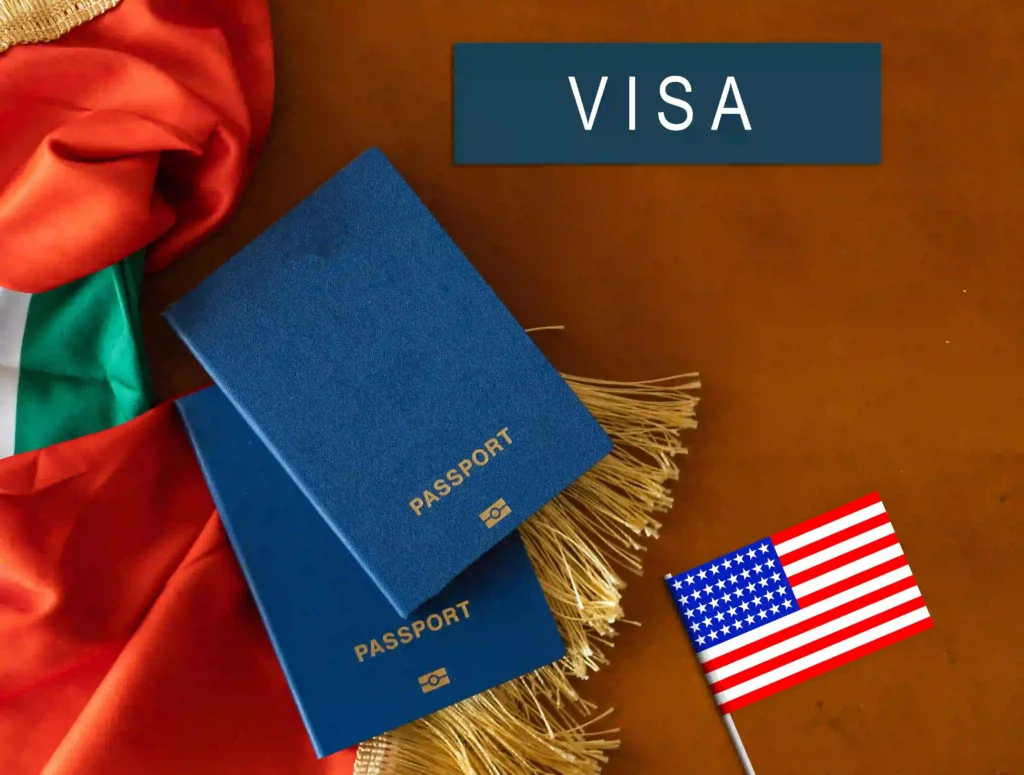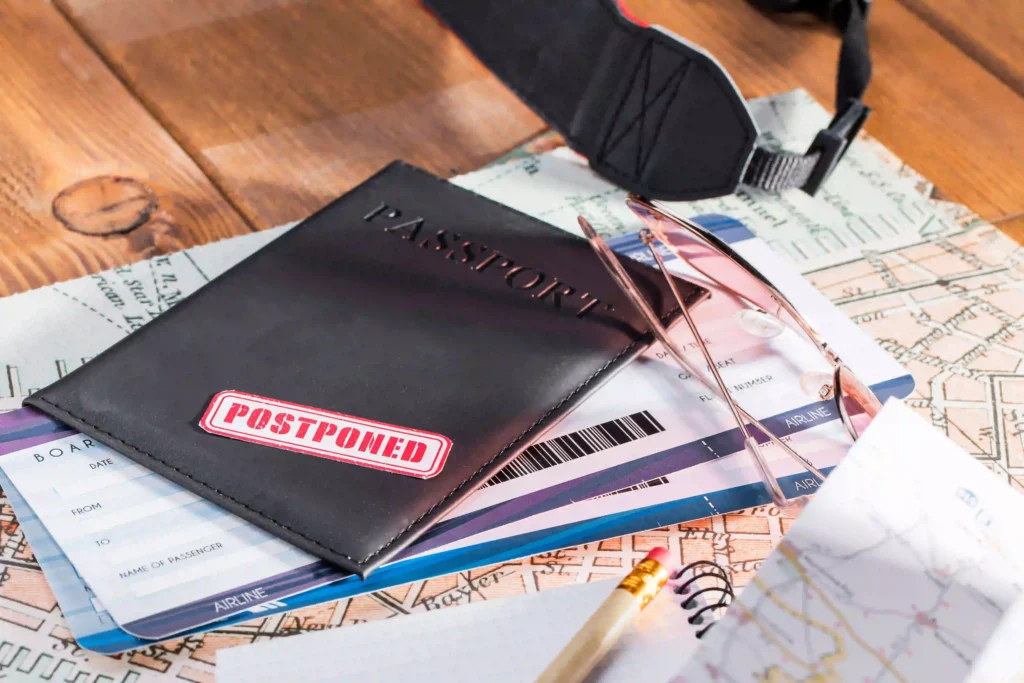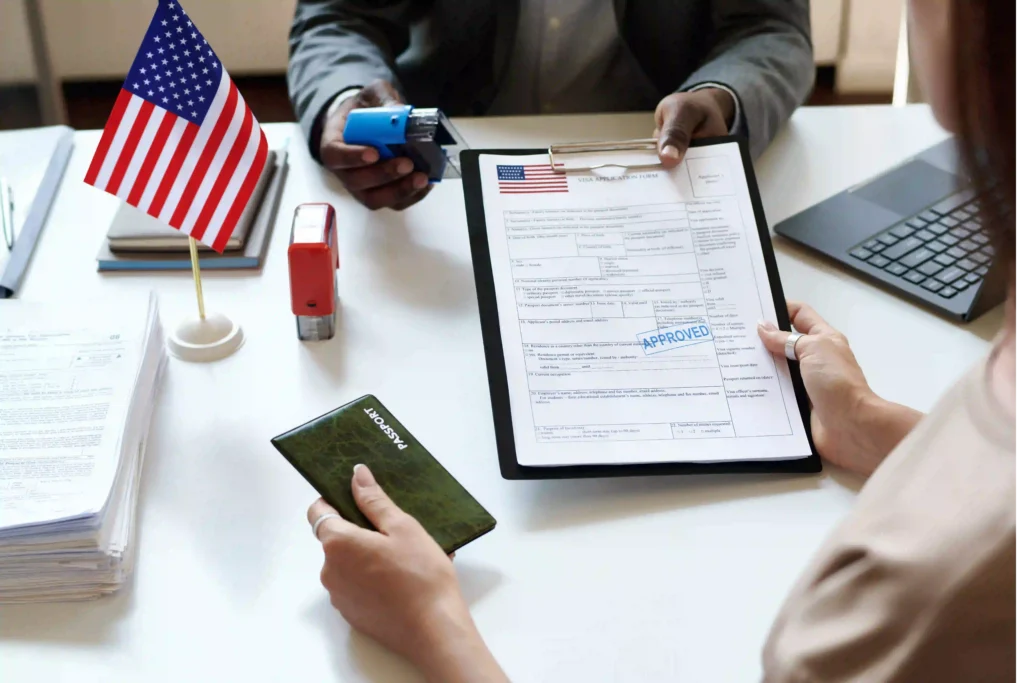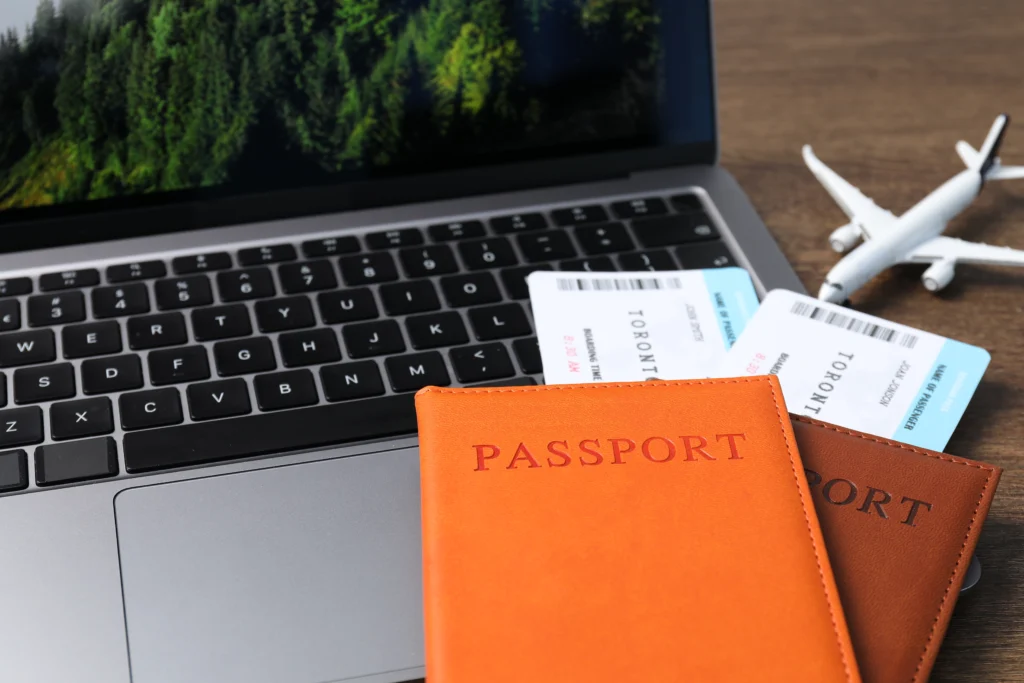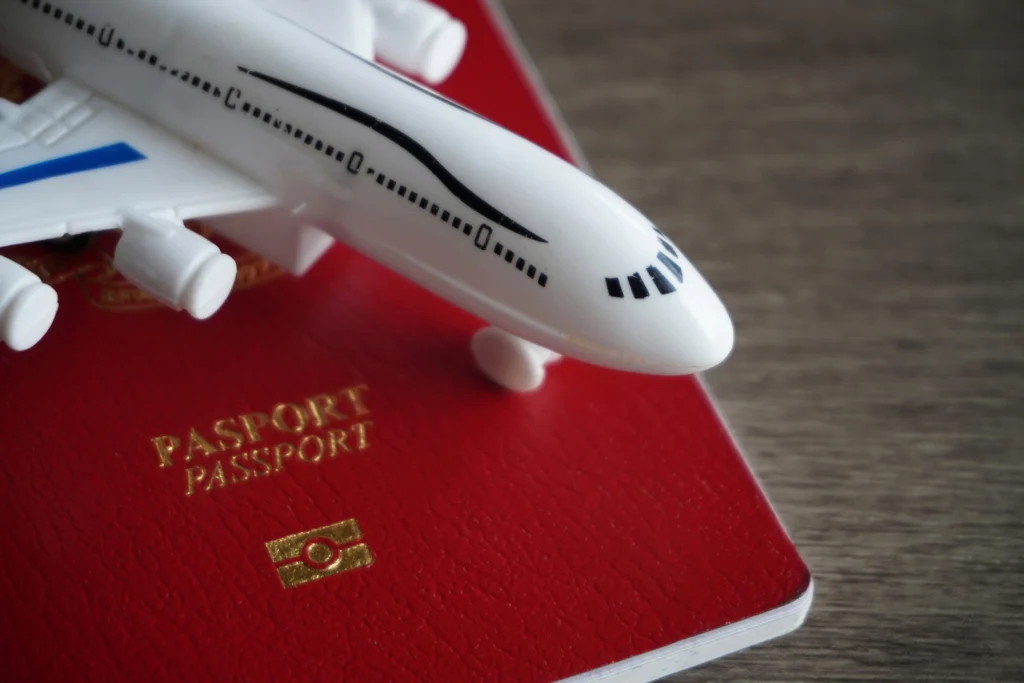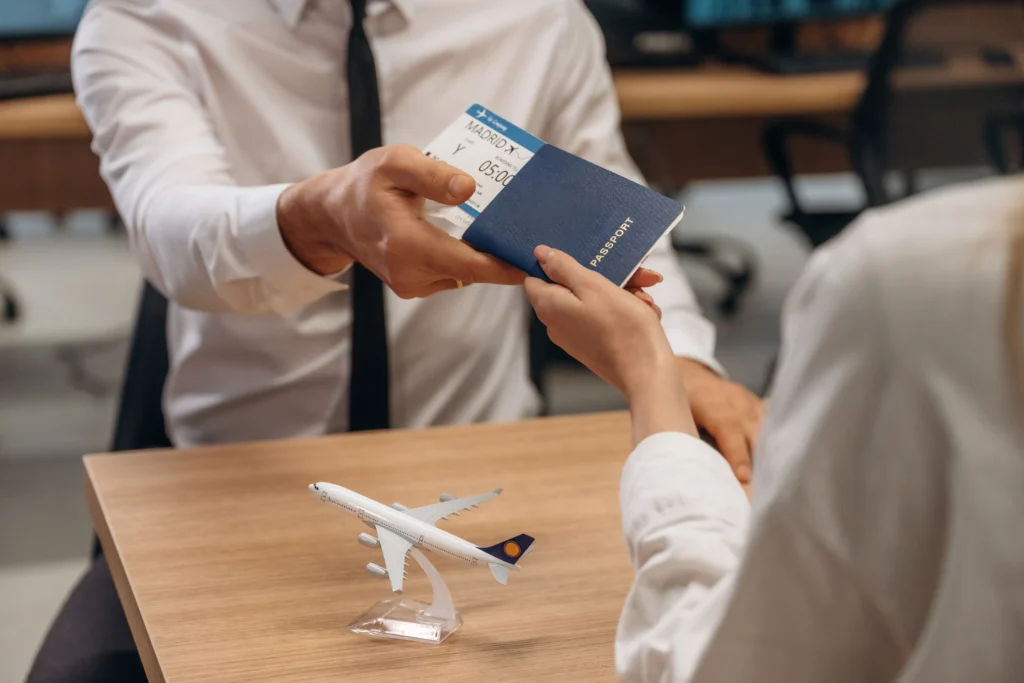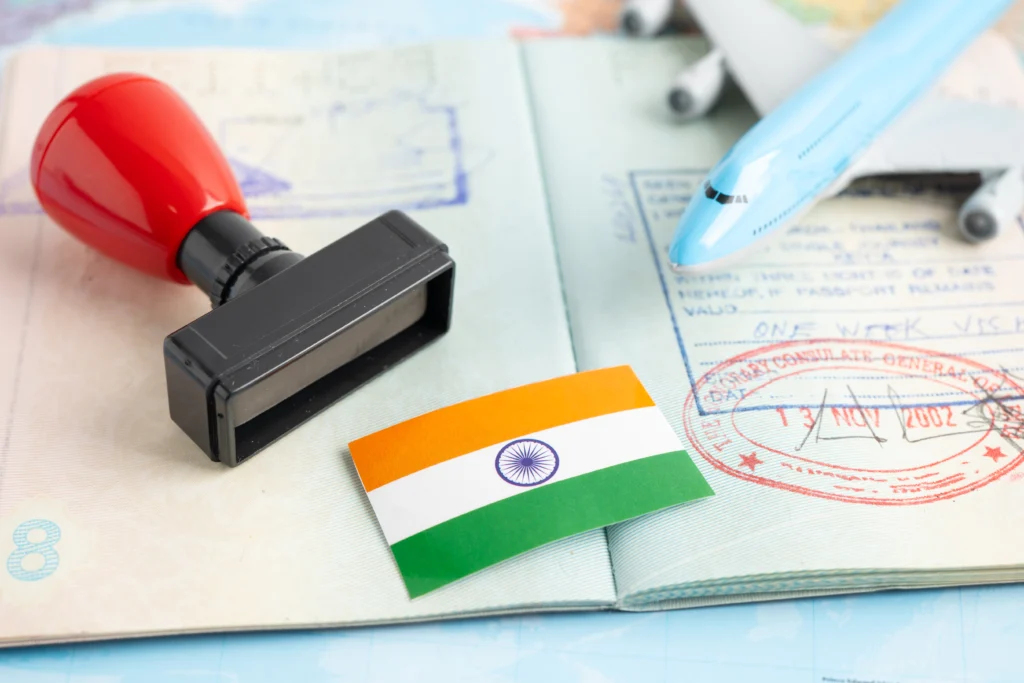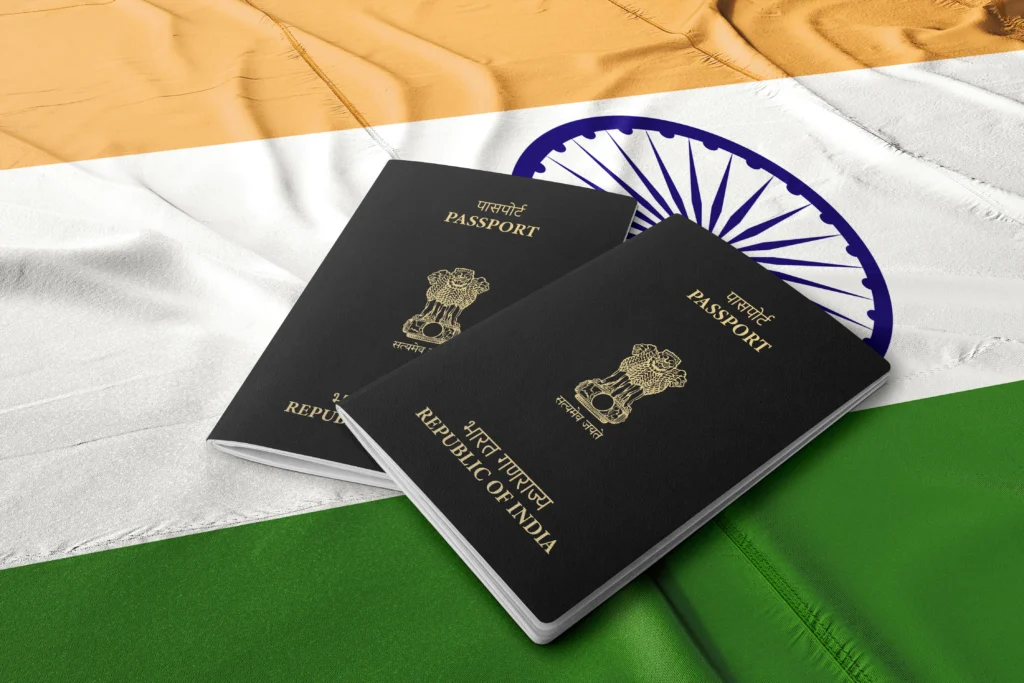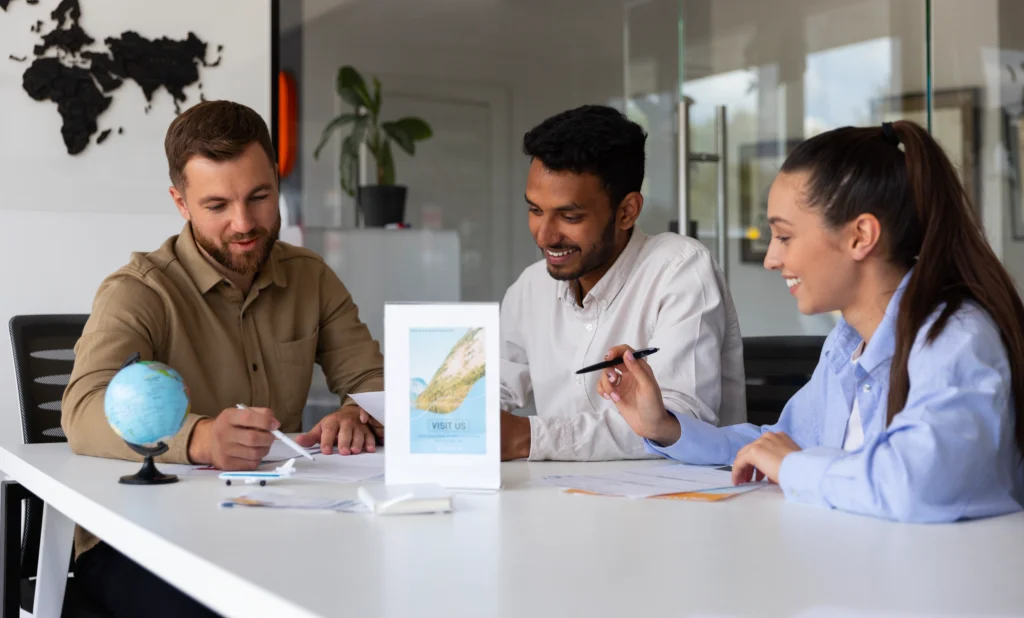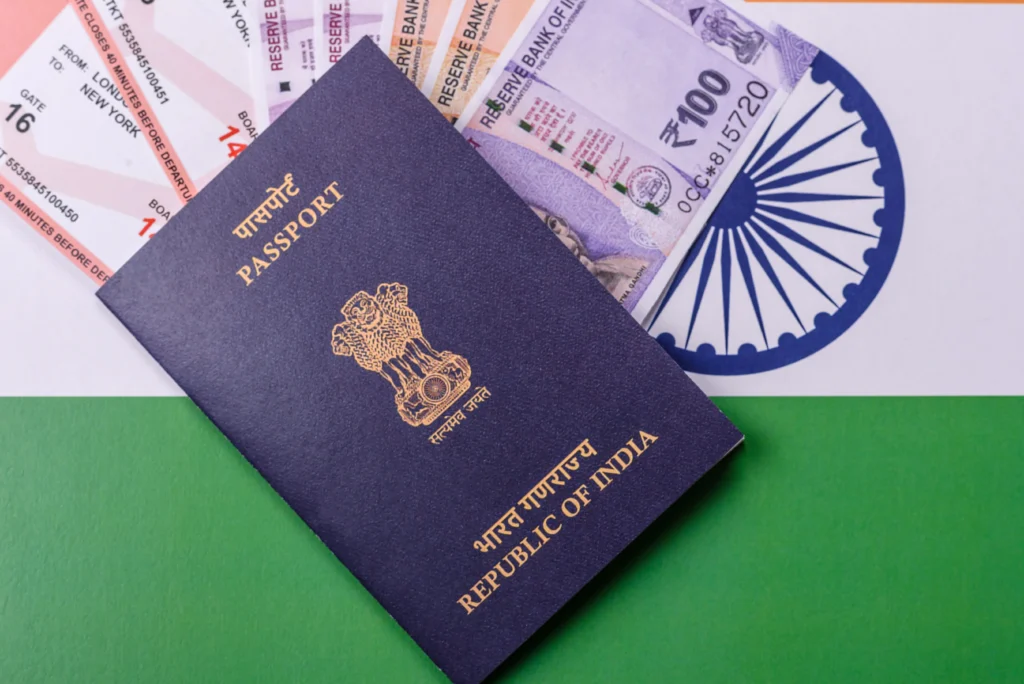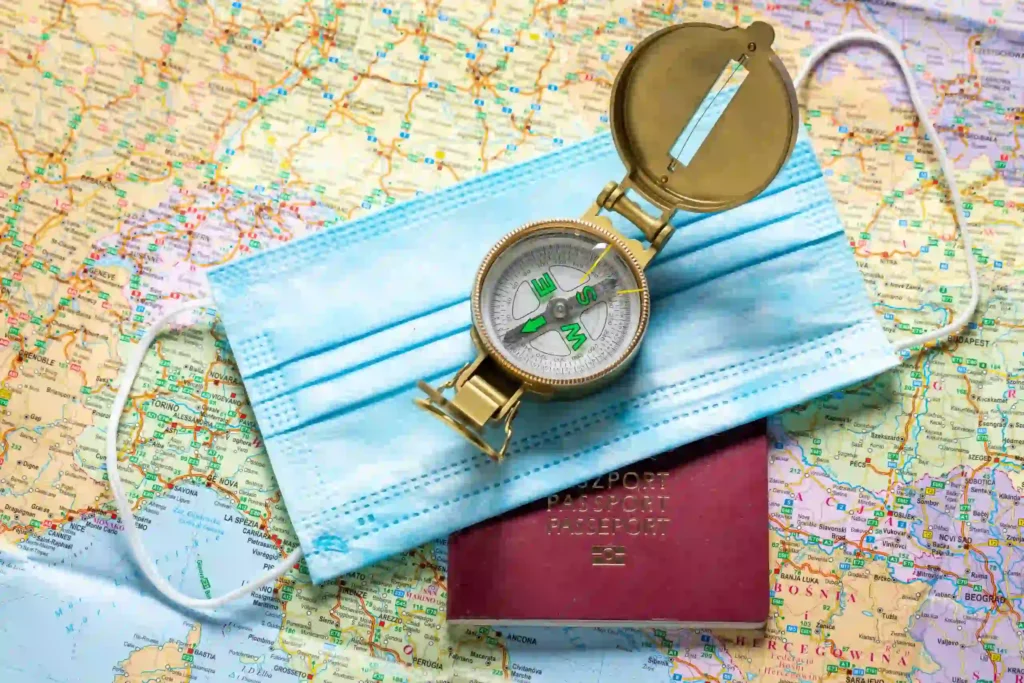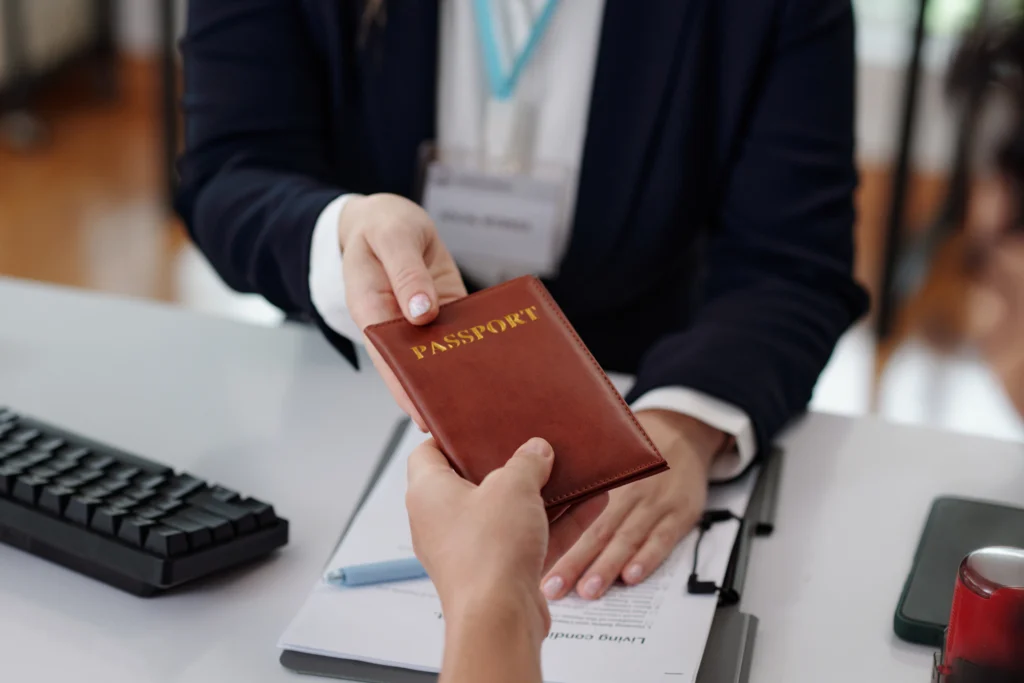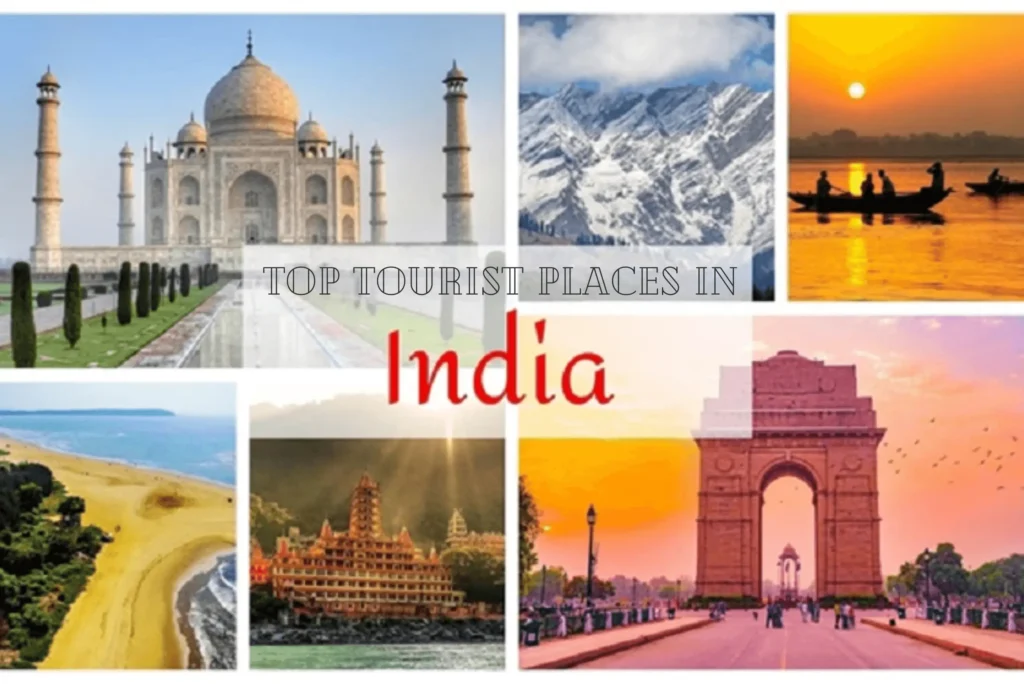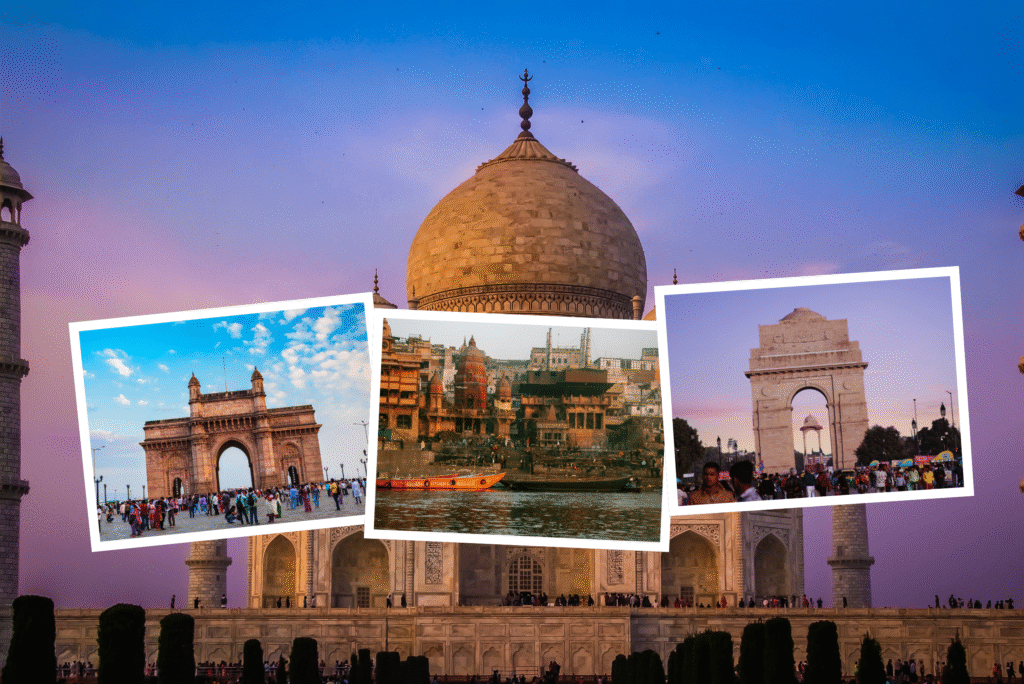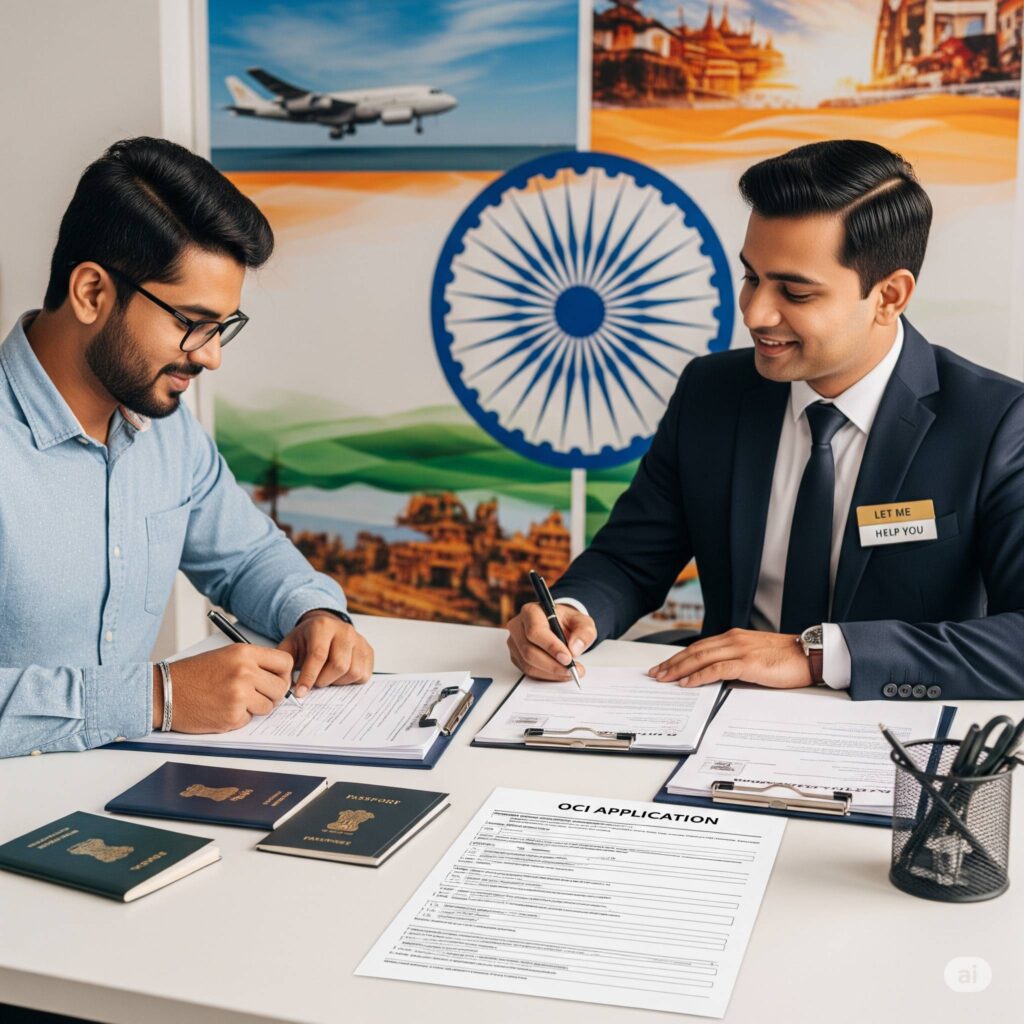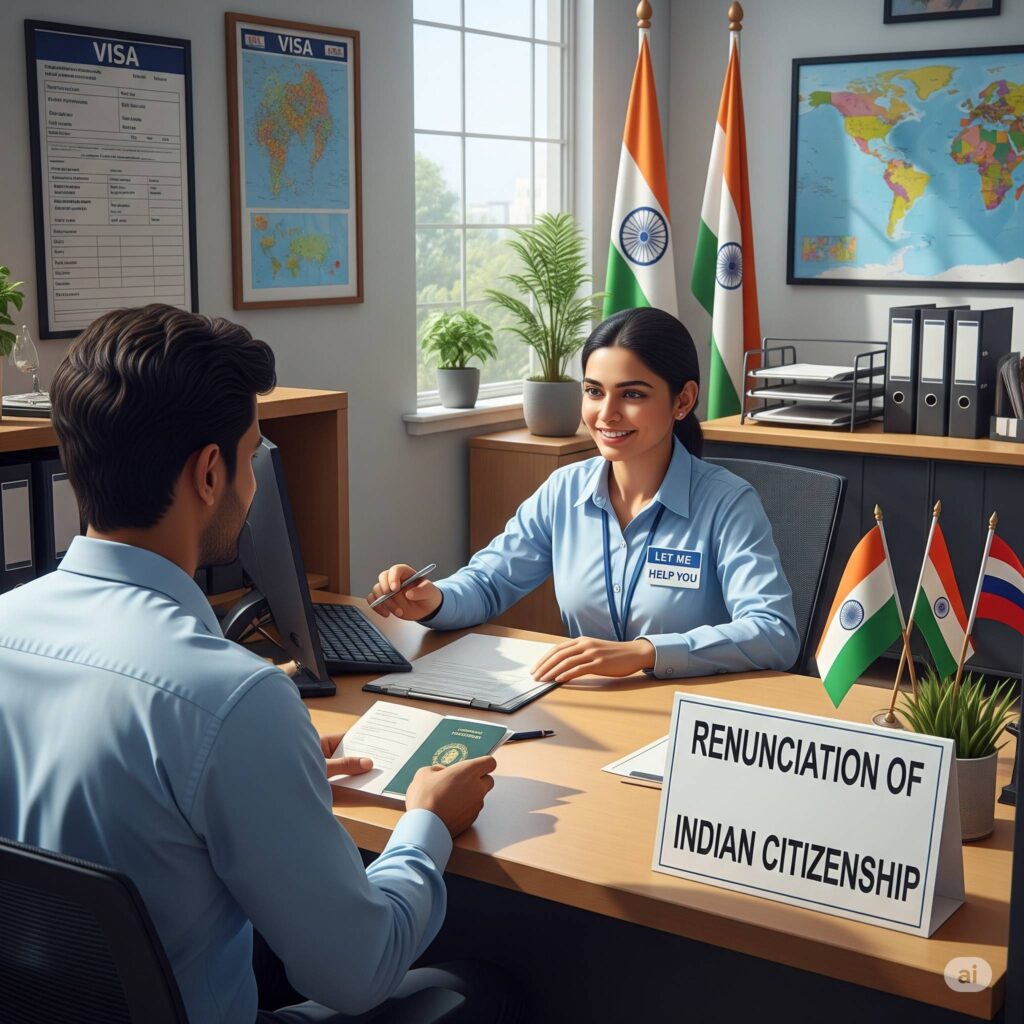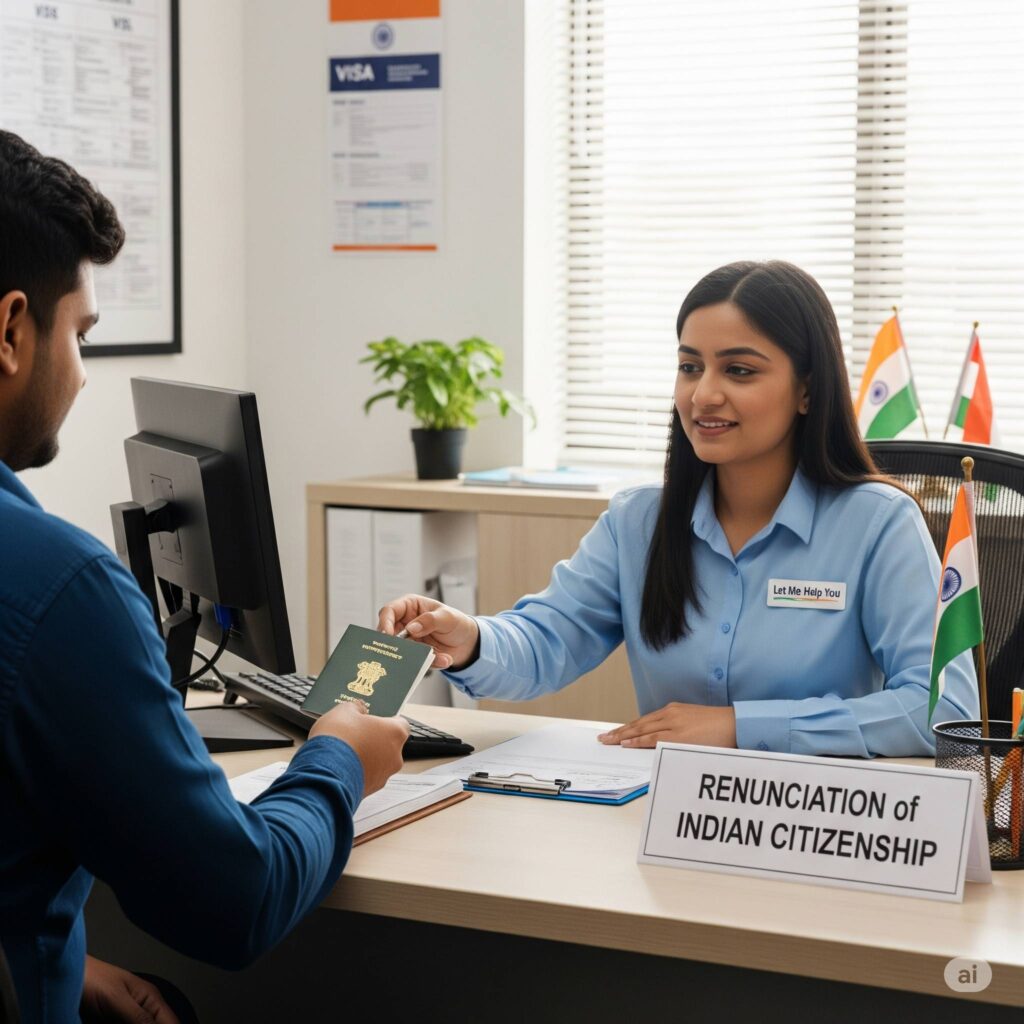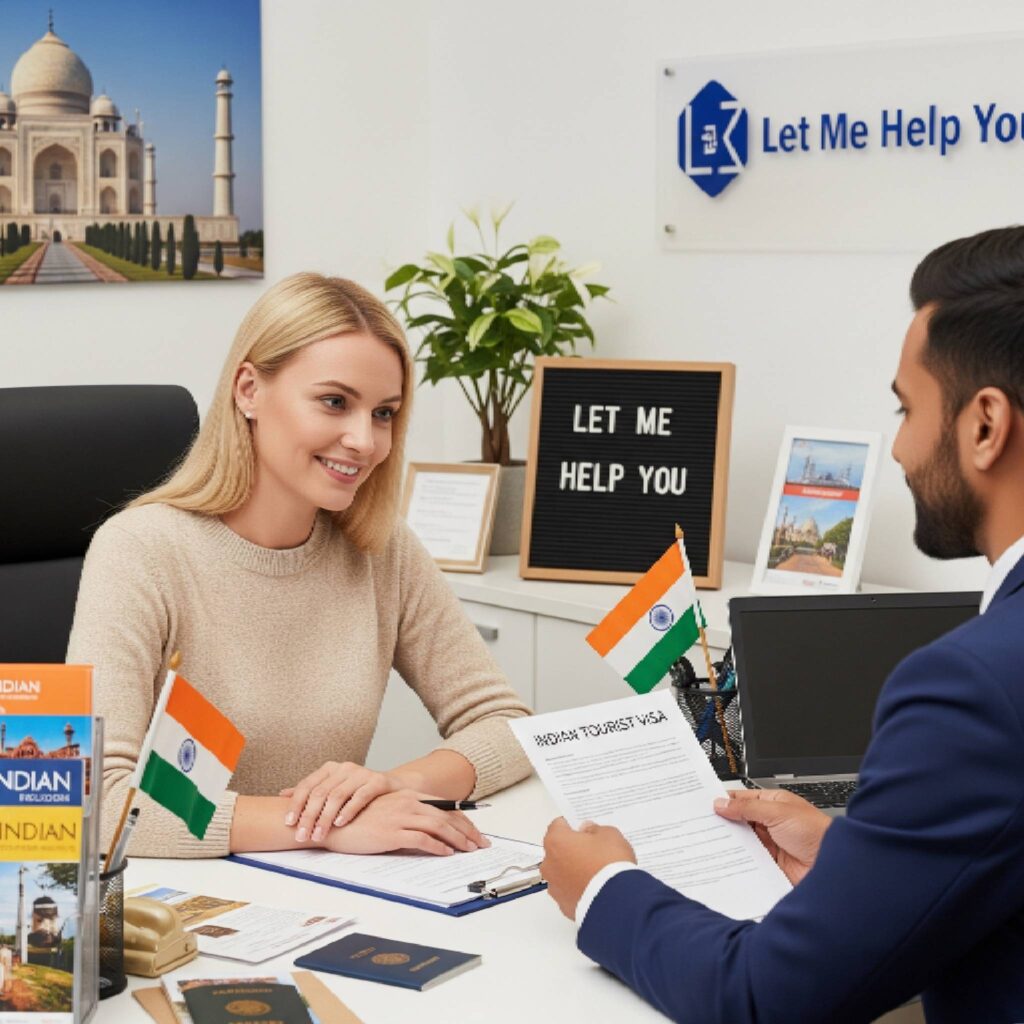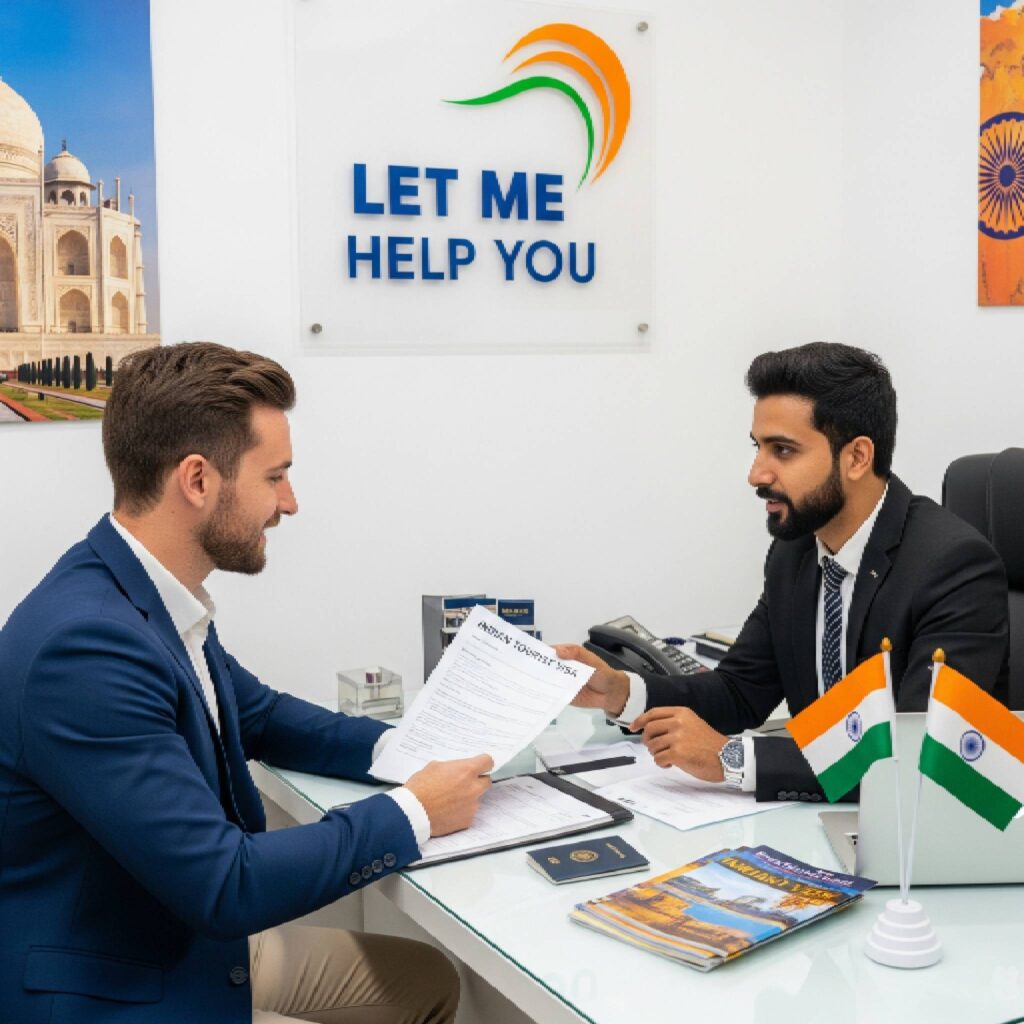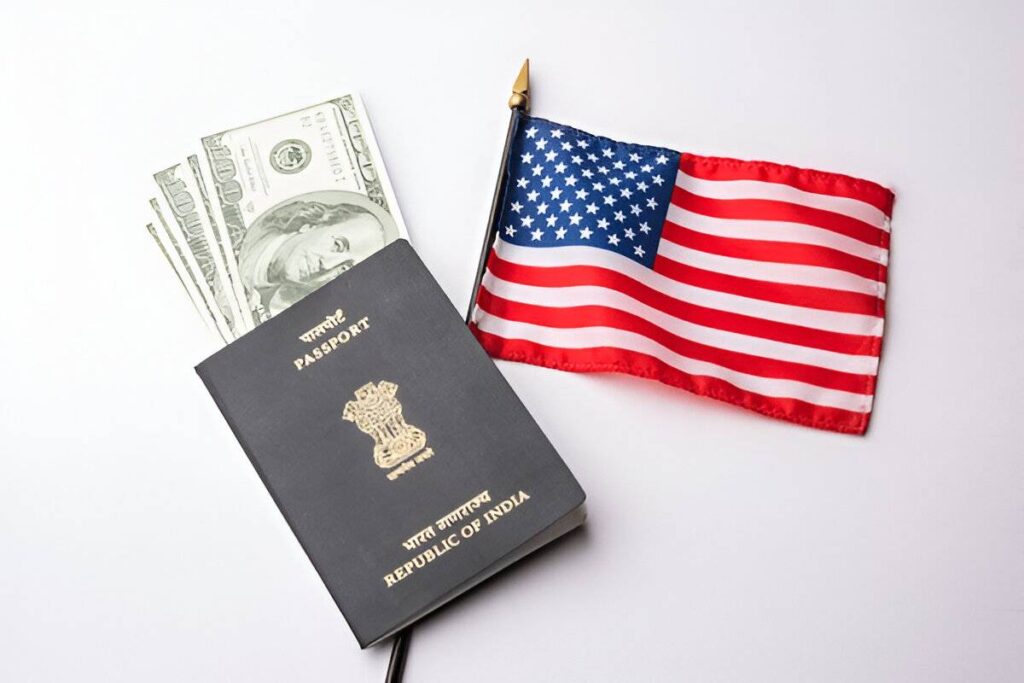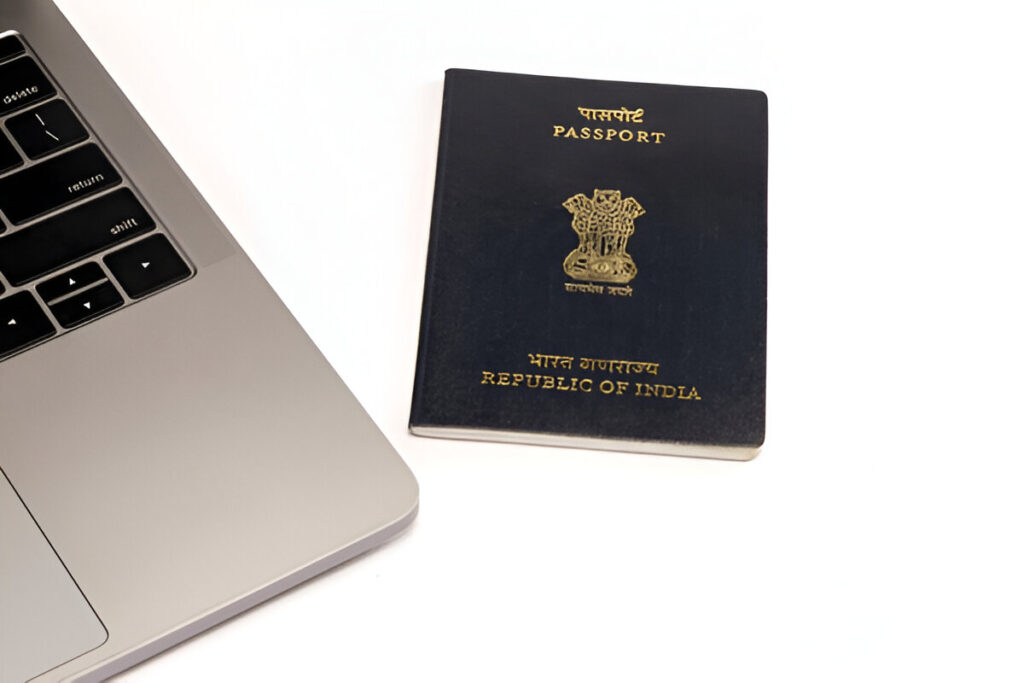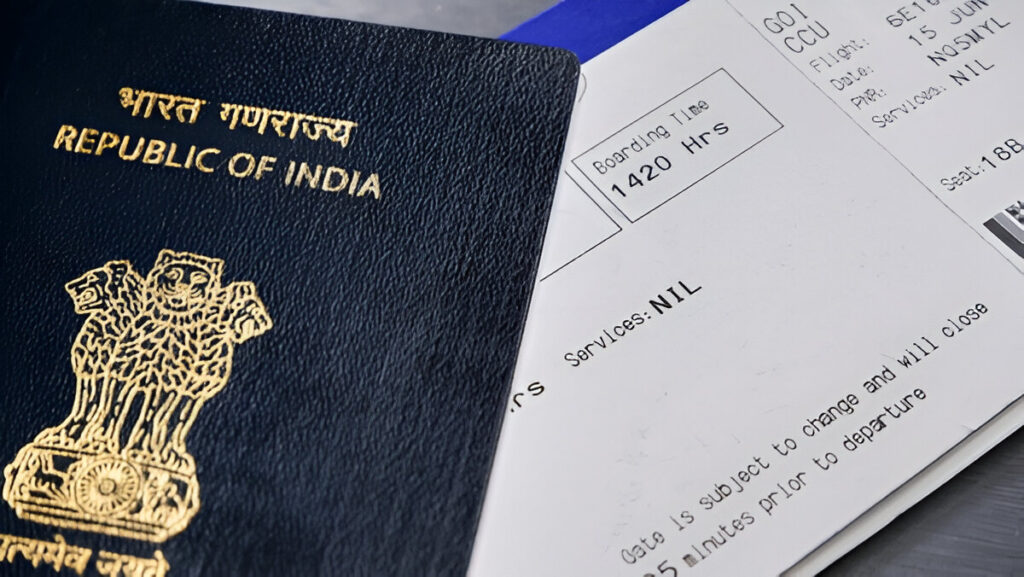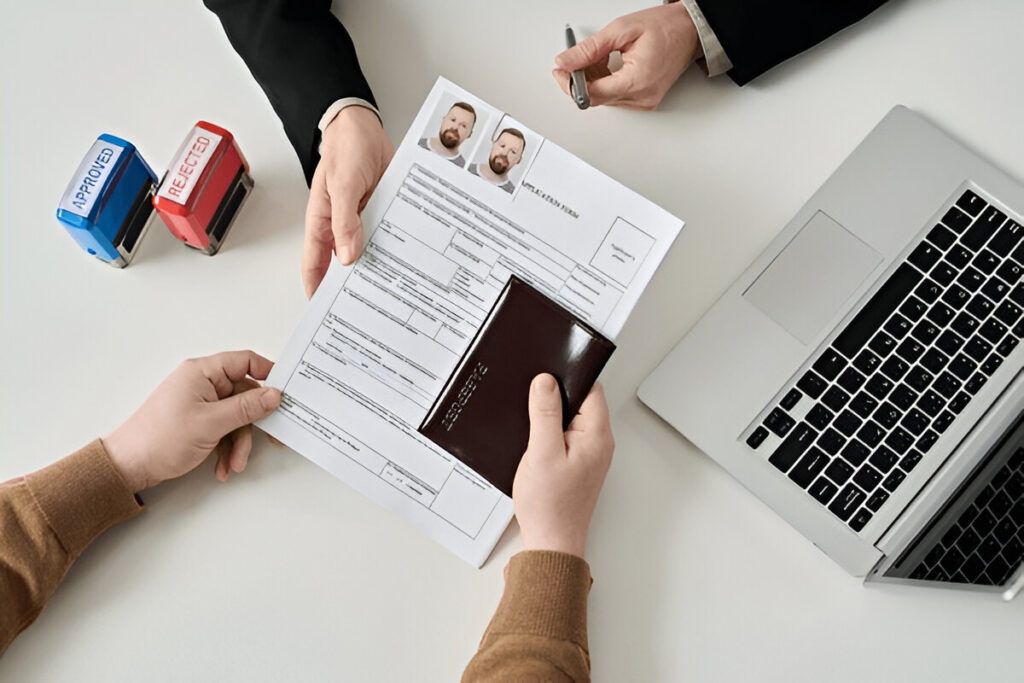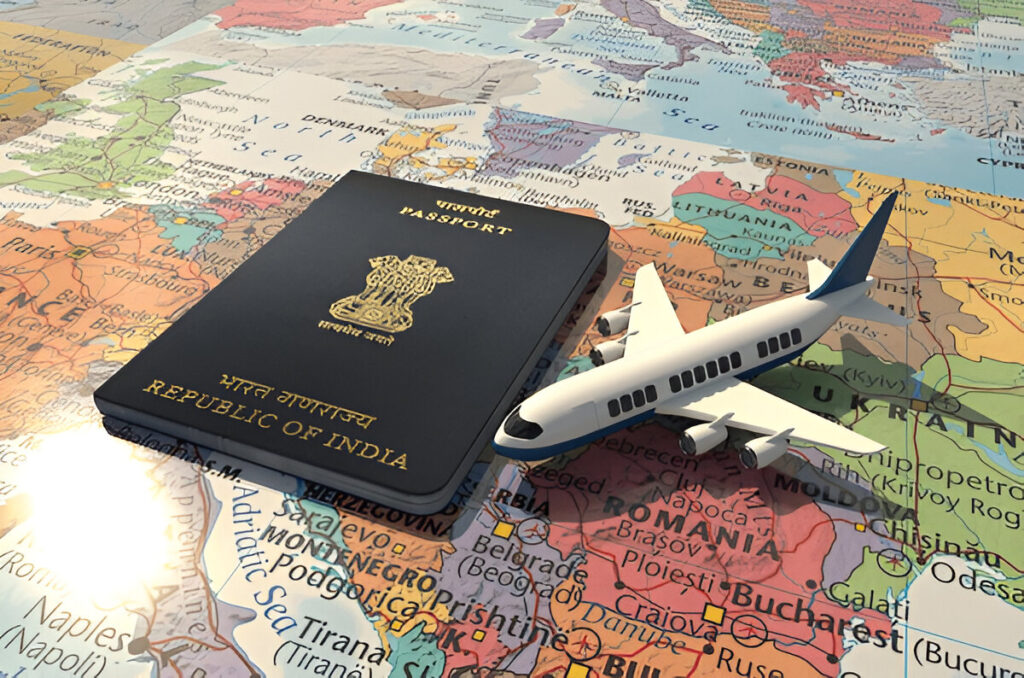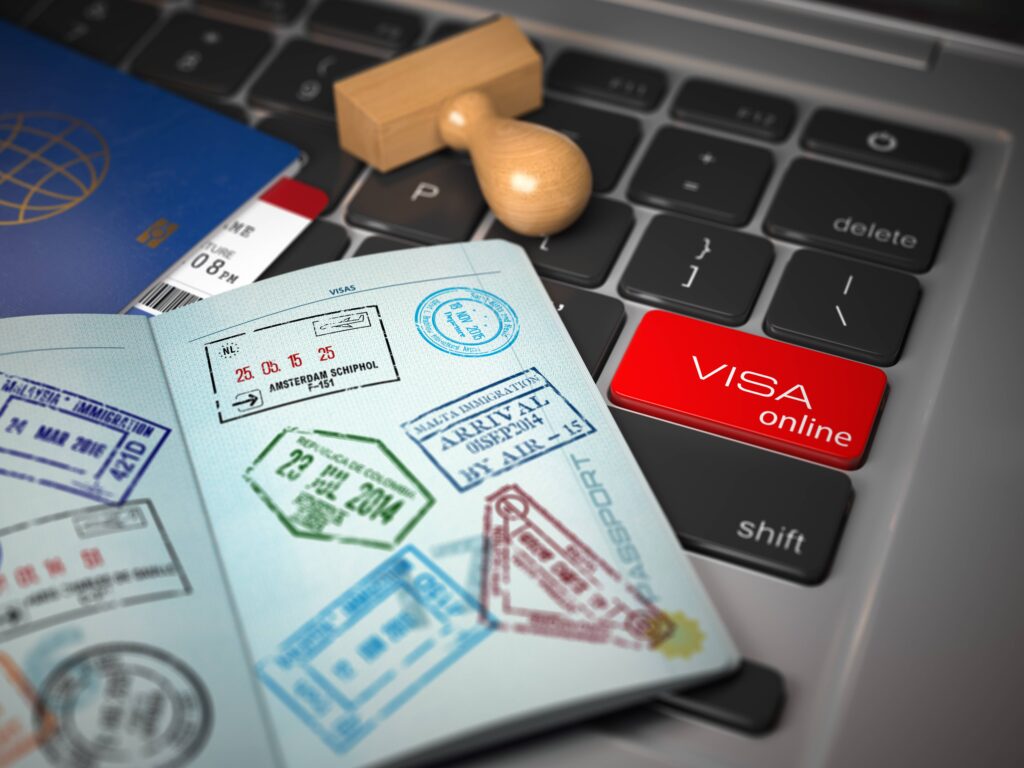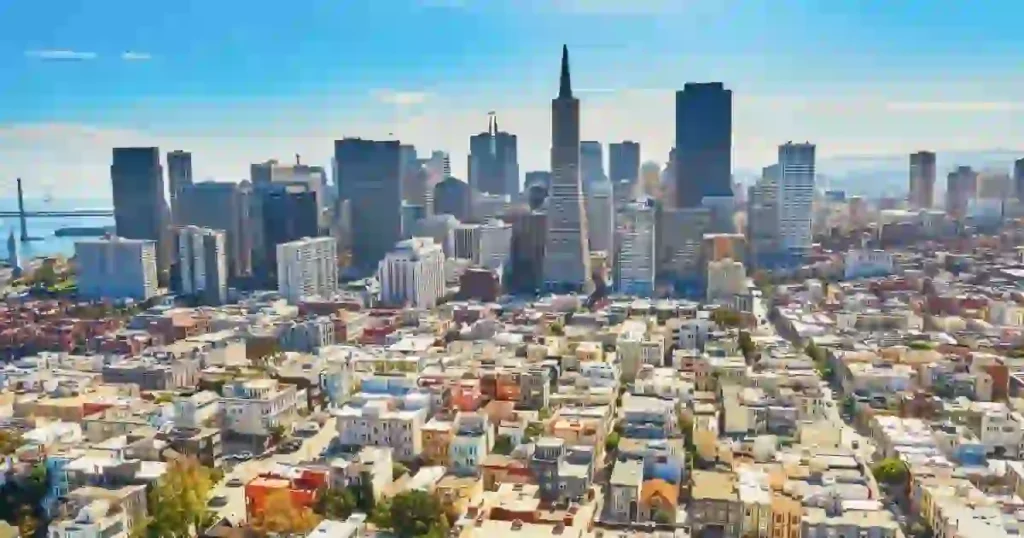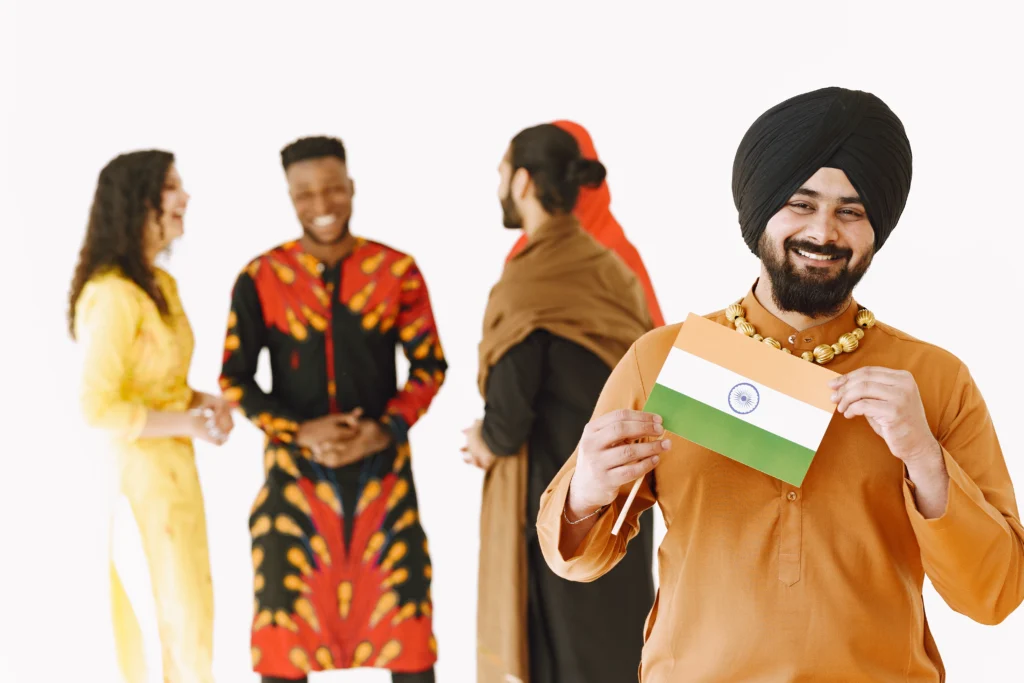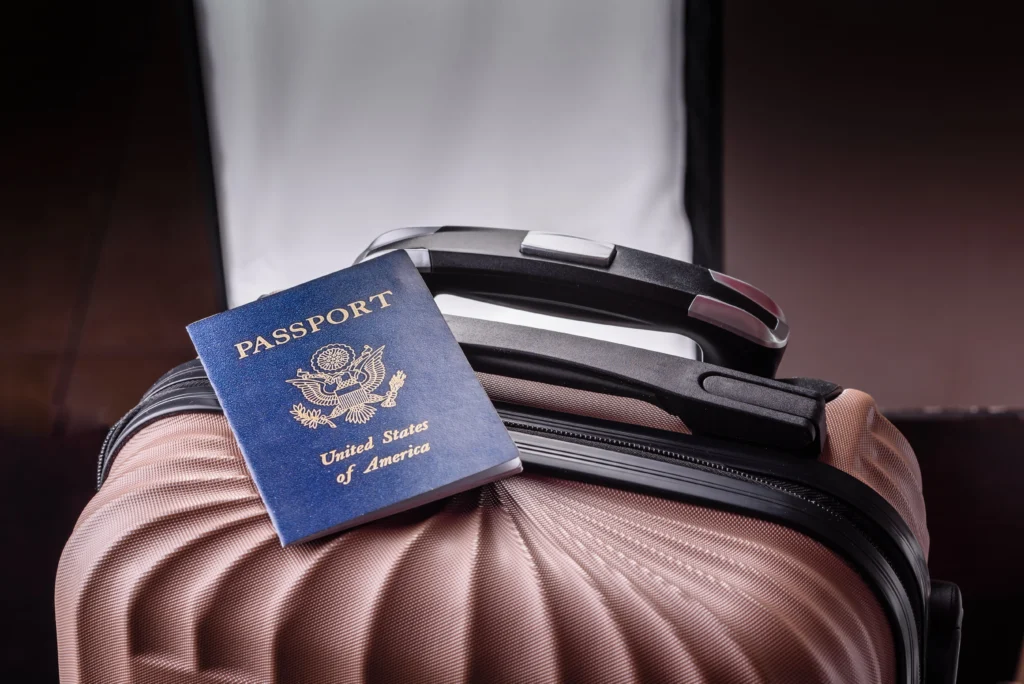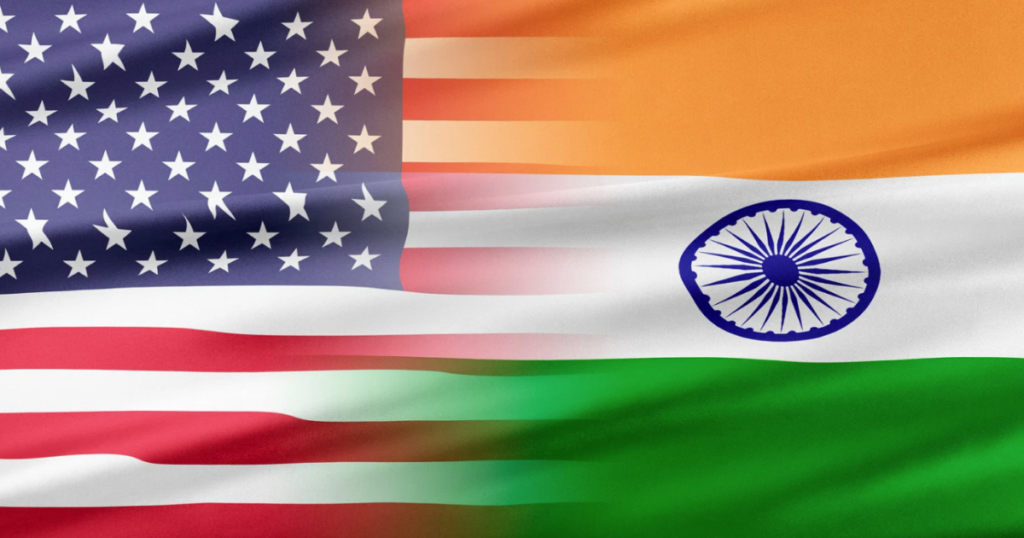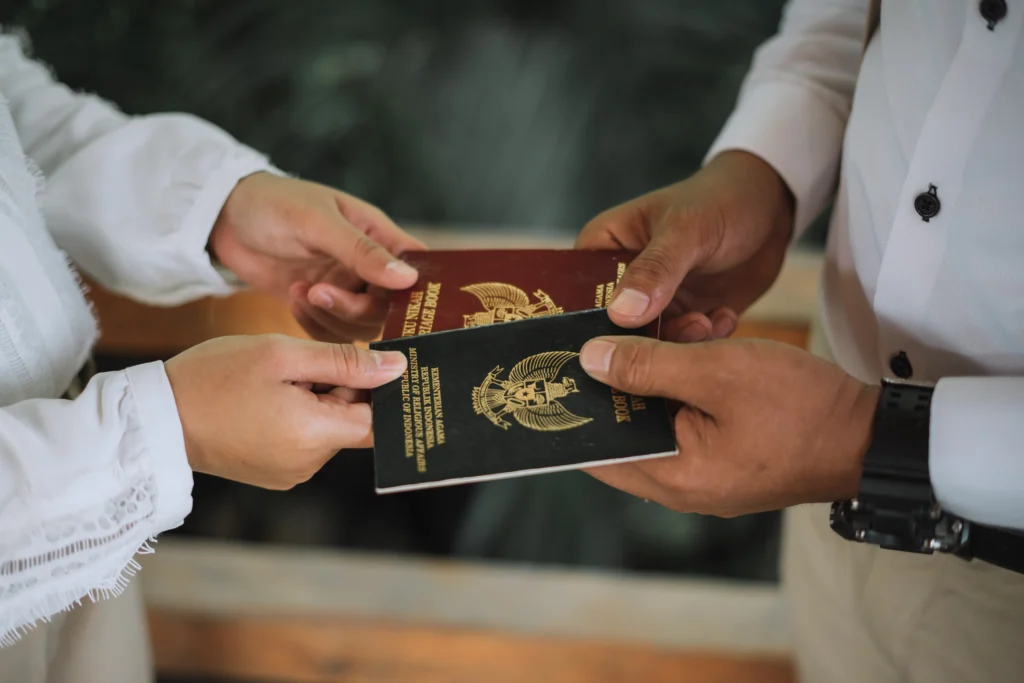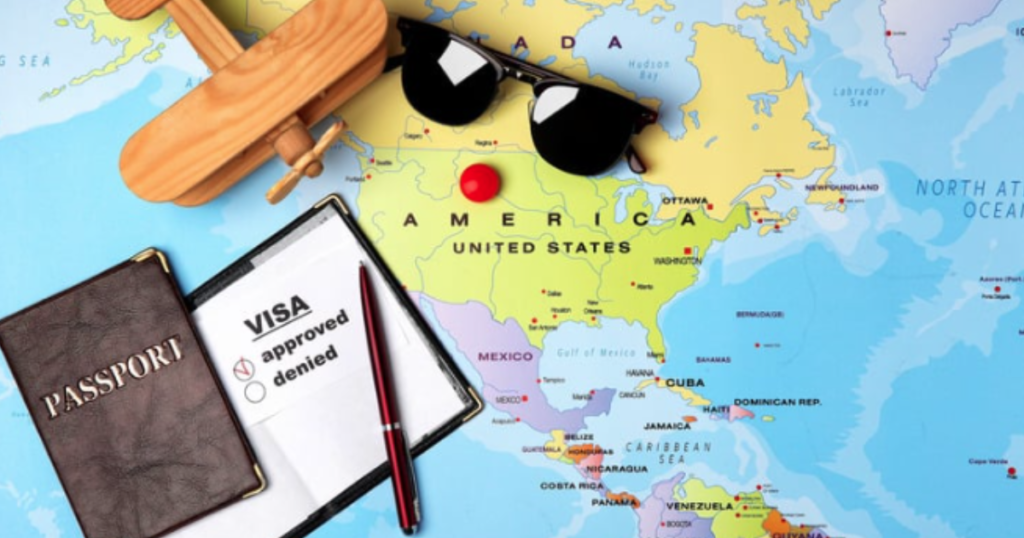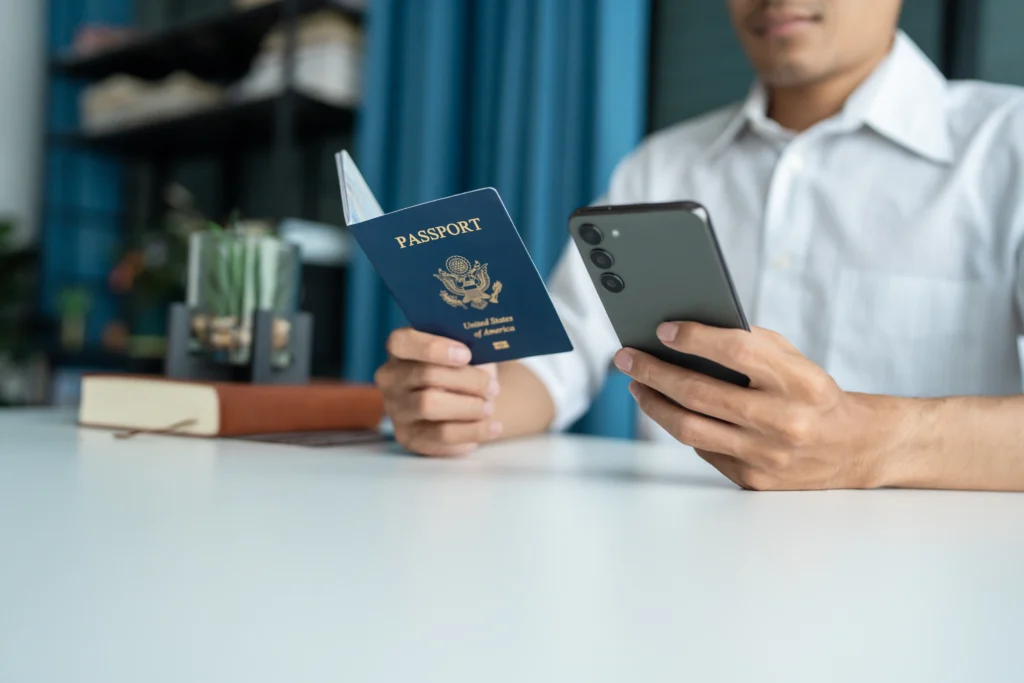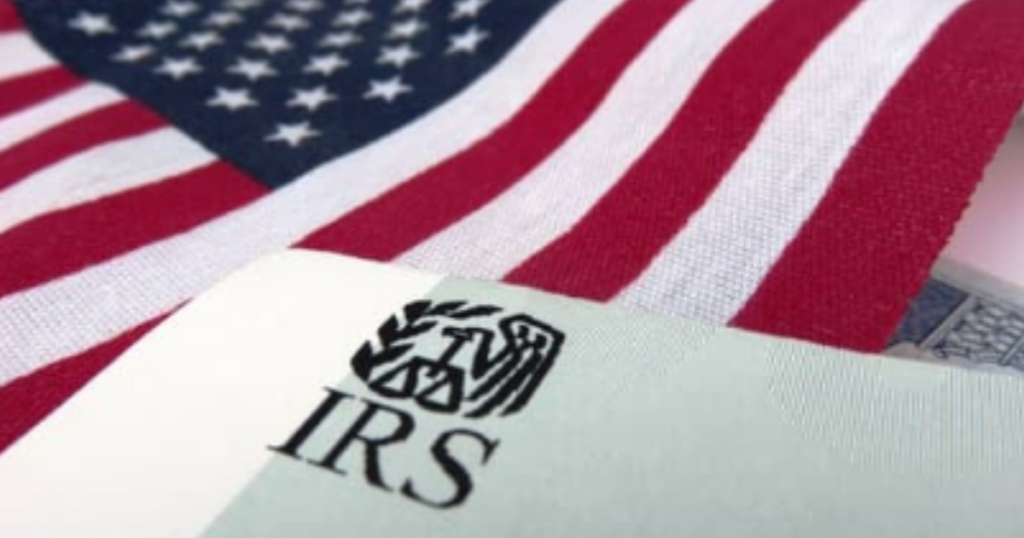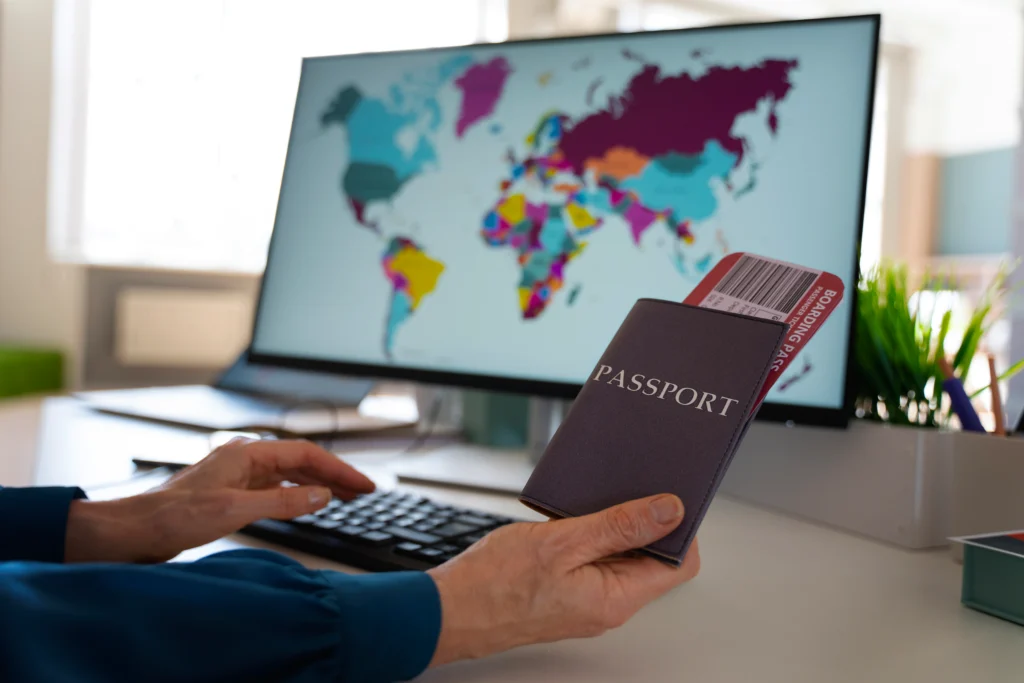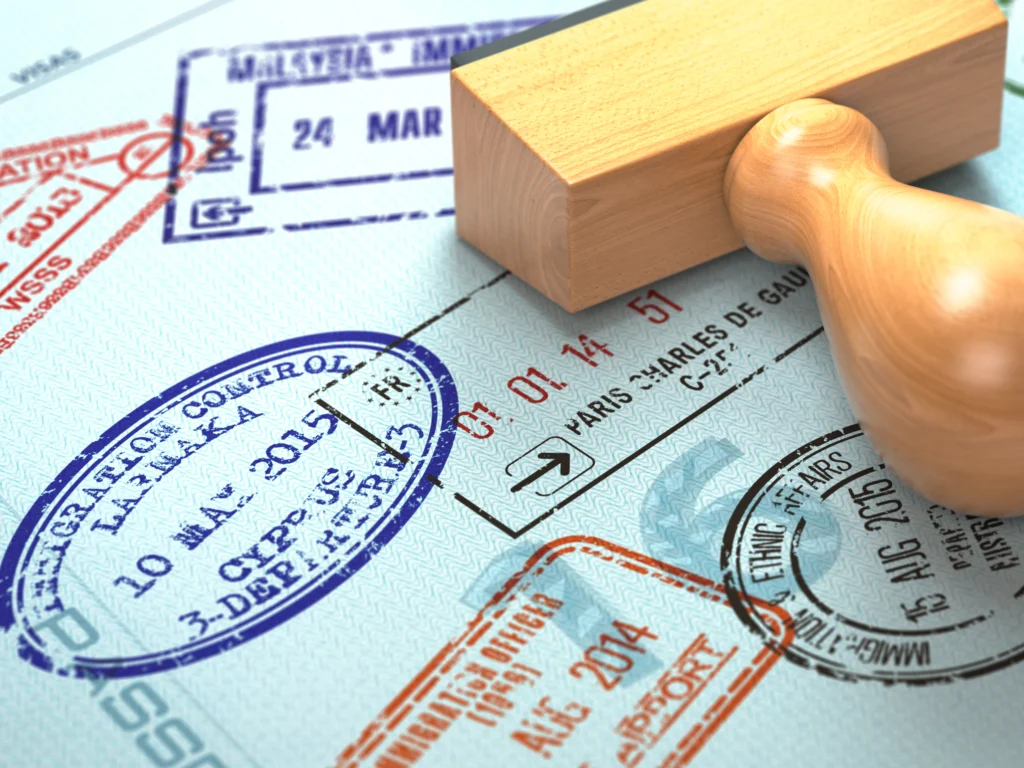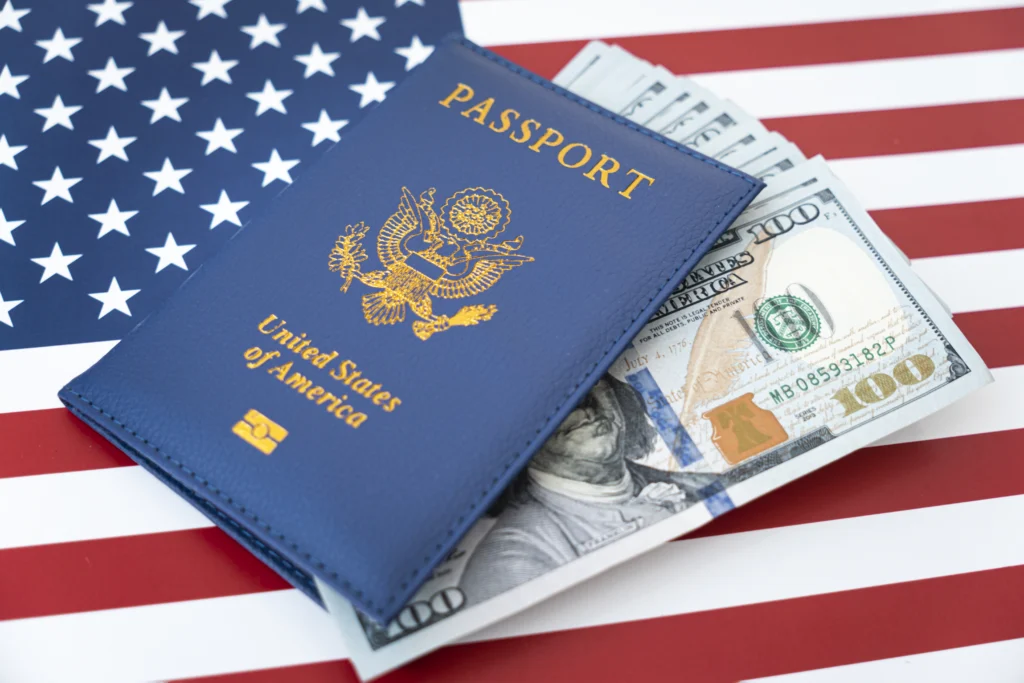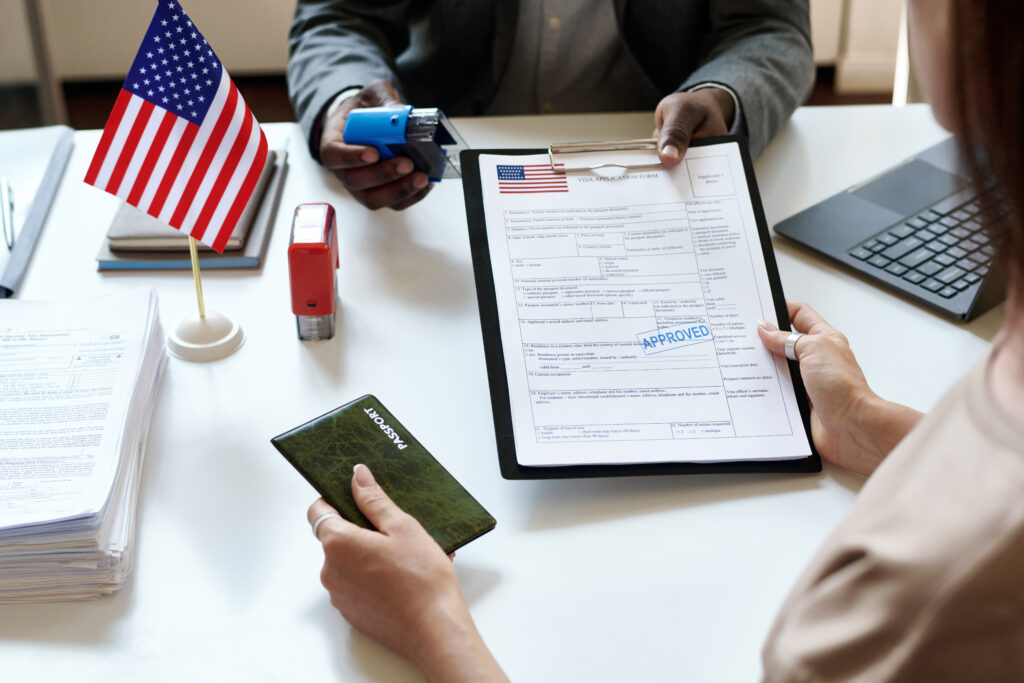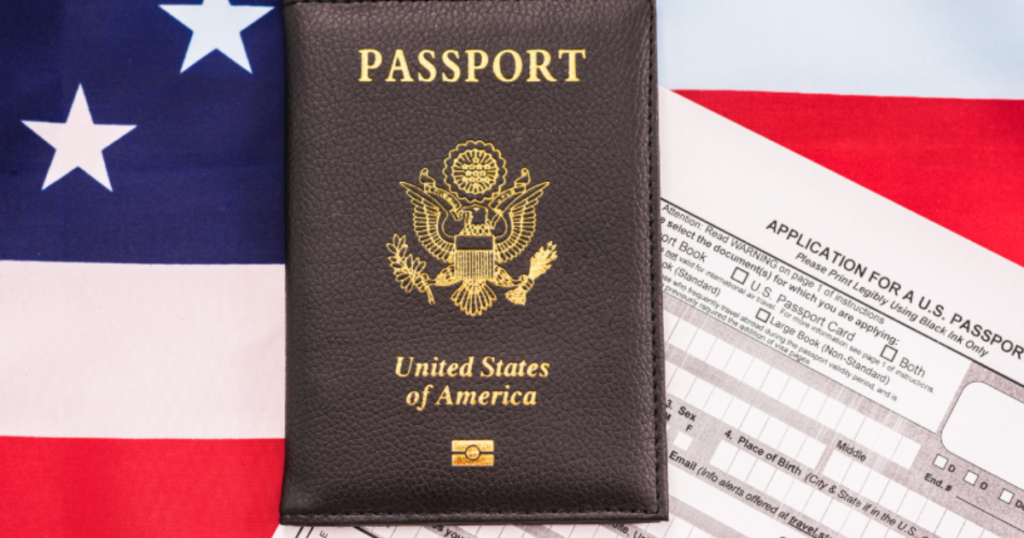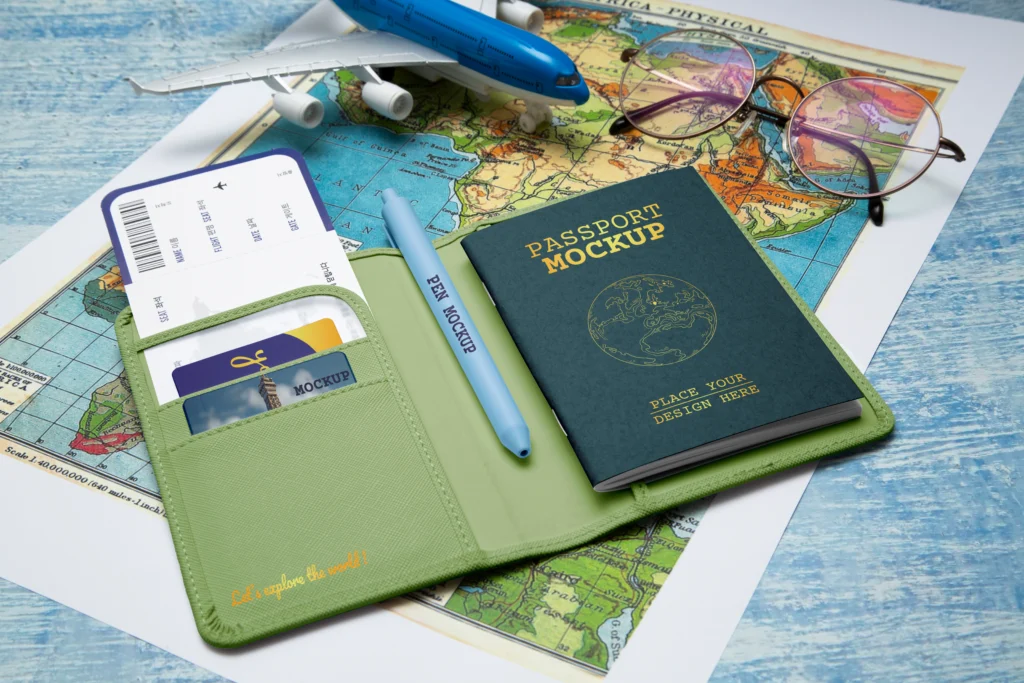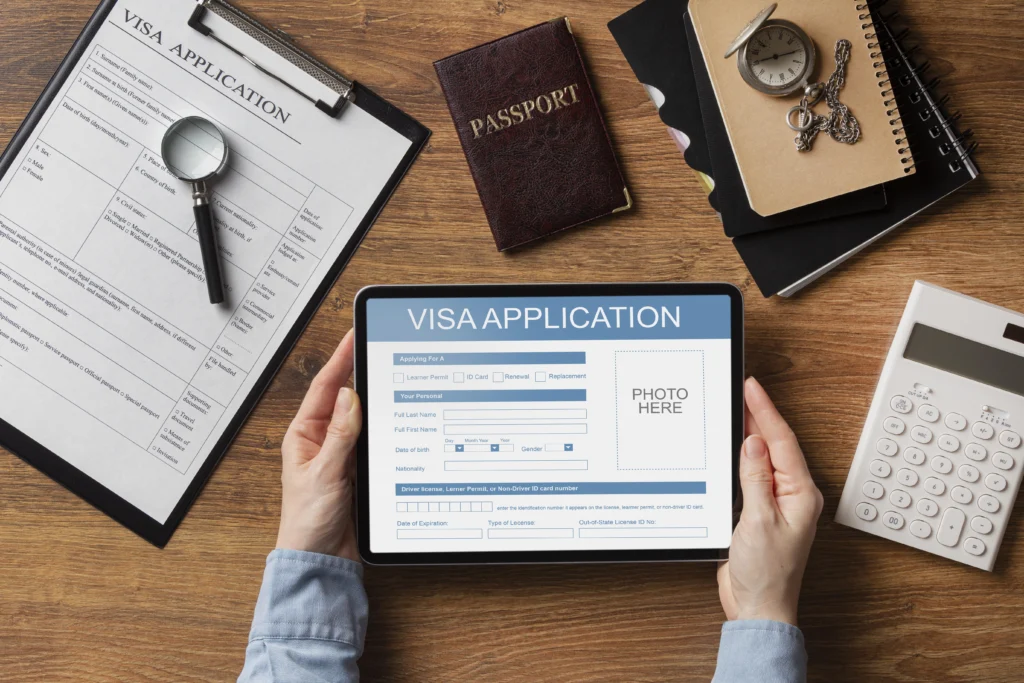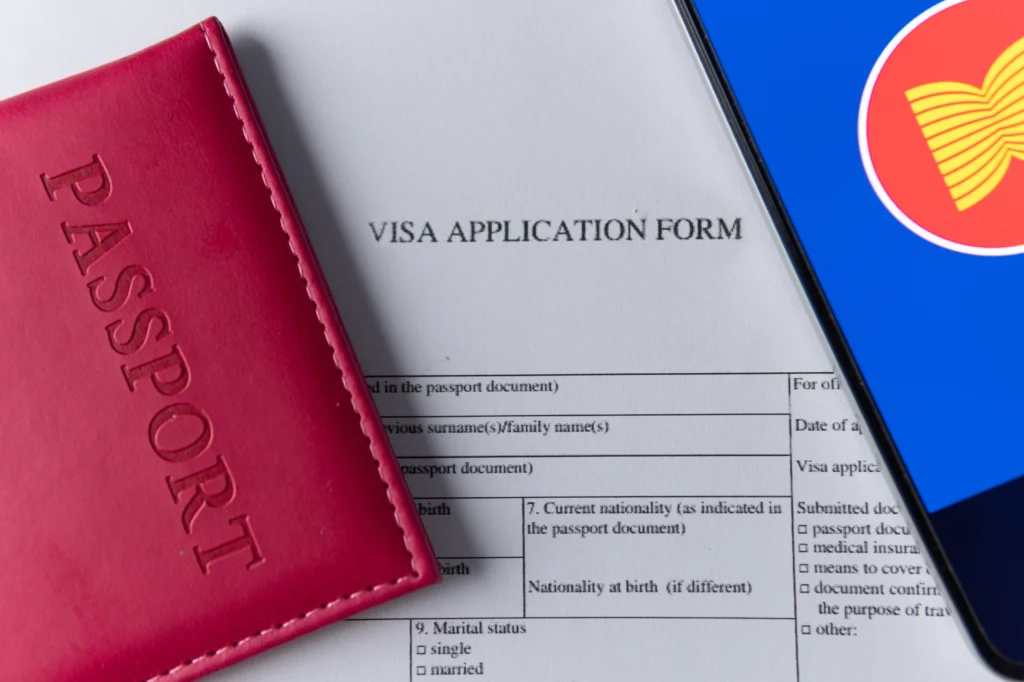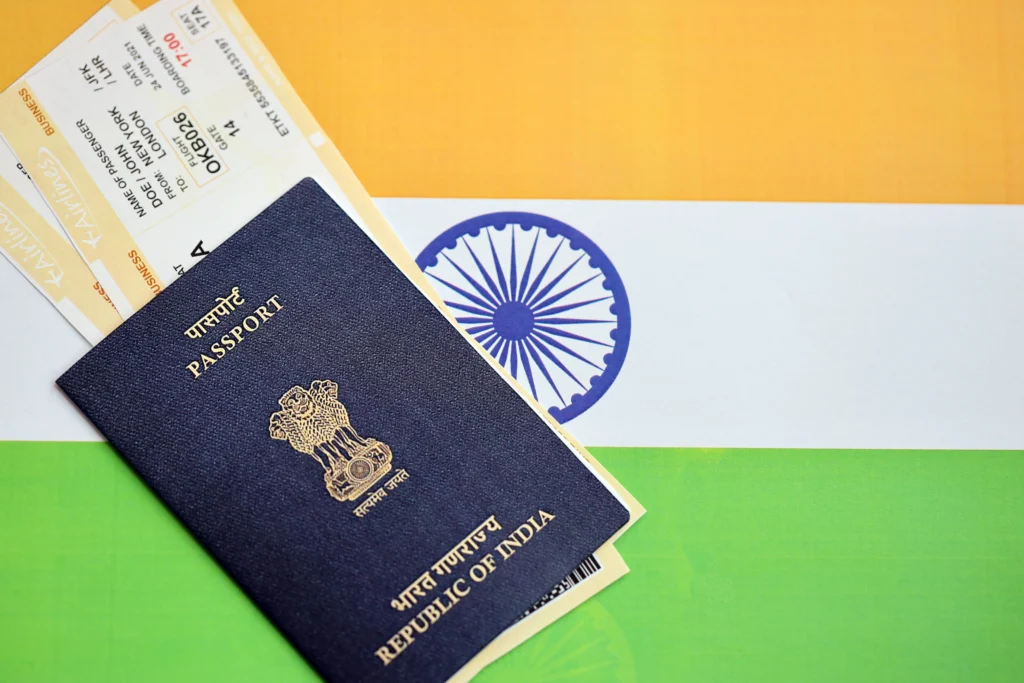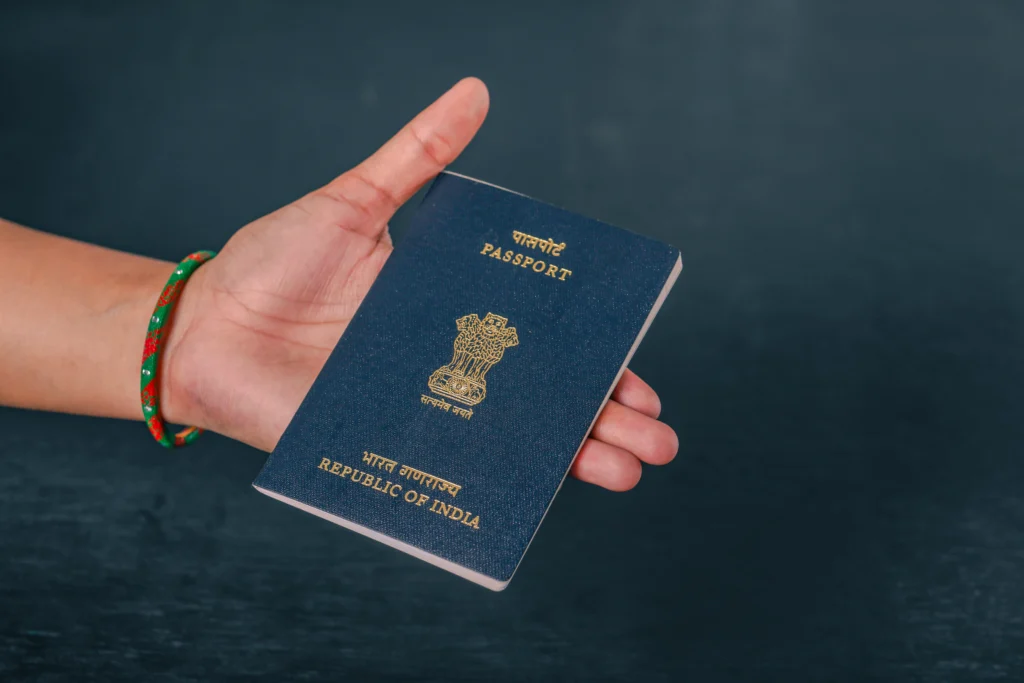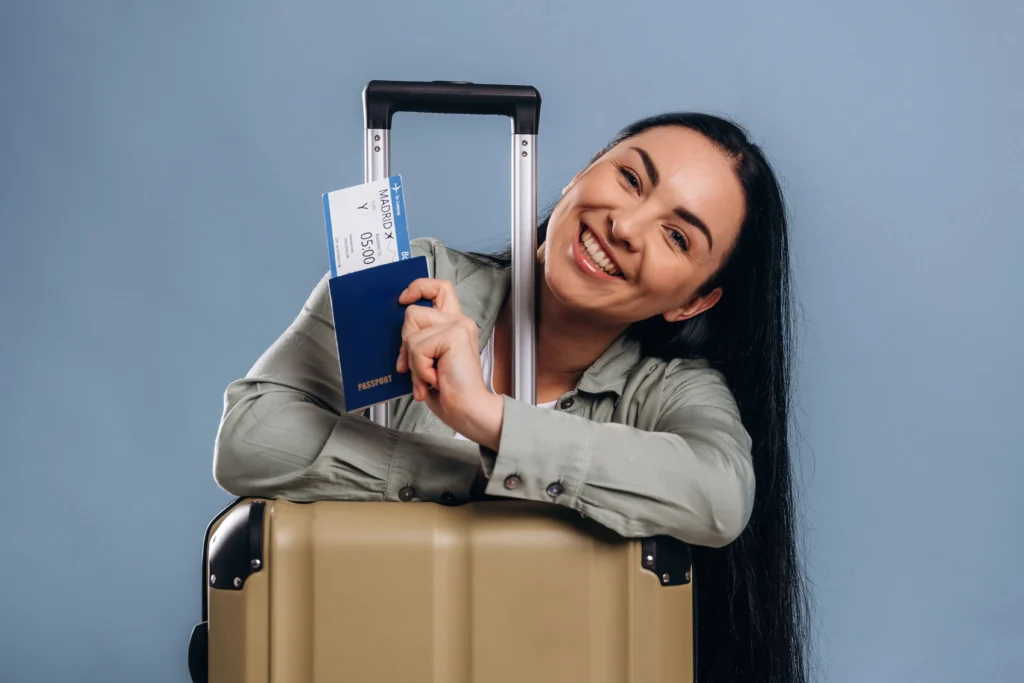
The f1 visa usa is one of the most important steps for international students who want to study in the United States. This visa allows students to enroll in full-time academic programs, but getting approval depends heavily on how well the interview goes. Many students worry about the student visa usa cost, america study visa requirements, and the long list of visa questions asked by officers. This guide explains everything clearly, with step-by-step tips to help make the interview successful.
Below is a guide that answers the most searched questions and prepares students for the us f1 visa interview process.
Why the F1 Visa Interview Matters
Many students prepare documents but forget the purpose of the interview. The interview tells officers whether the student genuinely wants to study, understands their chosen program, and plans to return home after completing education. The officer has only a few minutes to decide, and the clarity of answers makes the difference.
The f1 visa usa interview is not about sounding perfect. It is about sounding honest, confident, and clear.
10 Essential Tips for a Successful US F1 Visa Interview
1. What Makes a Strong First Impression in an F1 Visa Interview
A strong first impression sets the tone for the entire conversation. Officers judge confidence through facial expressions, posture, and clarity. Students must speak clearly, avoid memorized answers, and explain their purpose of study with natural tone.
A calm greeting and direct eye-contact help show sincerity.
2. How Understanding America Study Visa Requirements Helps You Answer Better
When students understand america study visa requirements, they can answer confidently about program duration, university ranking, funding sources, and future career goals. Officers check whether the student knows what they are applying for.
A student with clear knowledge gets approval faster.
3. Why Financial Proof Matters for the F1 Visa USA
Financial stability is a major requirement for the f1 visa usa. Officers must confirm that the student can pay tuition fees and living costs without struggling. This is where understanding student visa usa cost becomes important. Funds can come from parents, scholarships, personal savings, or sponsors. All sources must be explained clearly and shown through documents.
4. How to Answer Interview Questions for Student Visa USA Naturally
Memorized answers may sound robotic. Officers want genuine and simple explanations. Below are examples of natural responses to interview questions for student visa usa:
- Why choose this university
Because the program structure supports long-term career goals - Why study in the USA
Because the field has better research opportunities and updated curriculum - How will this degree help your future
It creates skills that match job opportunities in the home country
The f1 visa usa interview becomes easier when answers are short and natural.
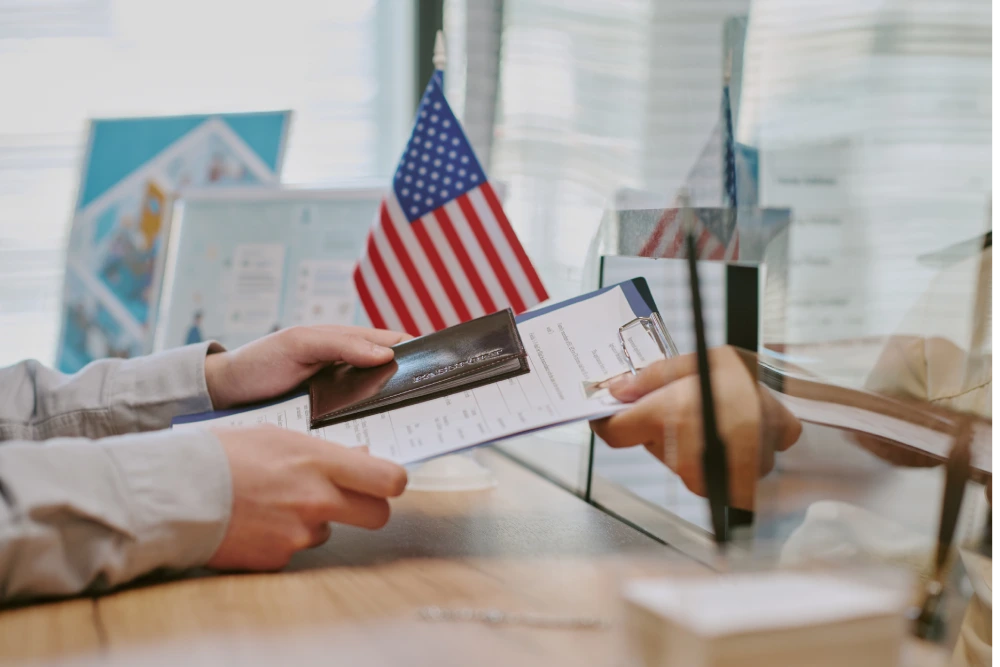
5. What to Do If the Officer Asks Visa Questions You Did Not Expect
There are more than 100 visa interview questions with answers available online, but officers may still ask unexpected things. The best strategy is staying calm. If unsure, it is okay to pause and think before replying. Officers care more about clarity than speed.
6. How Your Academic History Supports Your F1 Visa Case
Officers check whether the student’s past education matches the chosen program. A student applying for computer science with no background in technology may face more questions.
Be ready to explain how the new field connects to future goals. A clear educational path strengthens approval chances for the f1 visa usa.
7. Why Explaining Home-Country Ties Helps Avoid Visa Rejection
The F1 visa is temporary. Officers must confirm that the student will return home after completing studies. Strong ties show commitment. These include:
- Family relationships
- Property ownership
- Long-term job plans
- Business or career commitments
- Community responsibilities
Clear ties reduce the risk of rejection and make the f1 visa usa officer trust the application.
8. How to Prepare if Your F1 Visa Interview Was Paused
Sometimes, the f1 visa interview paused status appears in the system. It usually means administrative processing. Reasons may include document verification, security checks, or additional review. Students must remain patient and respond to any emails quickly. A pause does not always mean rejection. This step is common especially during high-application seasons.
9. What to Do if Student Visa Applications Pause in Your Country
Some periods see student visa pause situations due to system overload or embassy staffing. Students should:
- Track embassy announcements
- Keep all documents ready
- Avoid last-minute university deferrals
- Maintain contact with the university coordinator
During pauses, staying informed helps avoid stress and delays.
10. Final Confidence Tips Before the US F1 Visa Interview
Before entering the embassy, students should:
- Recheck DS-160 information
- Review funding proof
- Memorize program start dates
- Prepare short and natural answers
- Stay calm and friendly
Confidence comes from preparation. The f1 visa usa interview becomes much easier when students understand what officers want to hear.
Common Interview Questions Students Must Prepare For
| Question Type | Example of What Officers Check |
| Academic Plans | Program knowledge and why the university was chosen |
| Financial Stability | Tuition coverage and living expense proof |
| Home-Country Ties | Plans after graduation and family commitments |
| Travel History | Previous visas and travel experience |
| Personal Background | Motivation, goals, and clarity of purpose |
These categories help students structure answers and avoid confusion during the f1 visa usa interview.
Understanding Student Visa USA Cost
Below is a simple table that explains the common cost:
| Cost Category | Approximate Amount |
| SEVIS Fee | 350 USD |
| Visa Application Fee | 185 USD |
| Travel and Accommodation for Interview | Varies |
| Document Preparation | Varies |
Knowing the student visa usa cost helps students prepare accurate financial documents and show readiness.
Mistakes to Avoid During the F1 Visa USA Interview
- Giving long answers
- Sounding memorized
- Showing nervous body language
- Providing unclear financial details
- Sharing inconsistent statements
- Arguing with the officer
- Using complicated terminology
- Carrying incomplete documents
Avoiding these mistakes increases approval chances for the f1 visa usa.
Conclusion
The f1 visa usa interview becomes much easier when the student understands the purpose behind each question, prepares clear financial proof, knows the study plan well, and communicates future goals with confidence. Officers look for honesty, clarity, and strong reasons to trust the applicant, not memorized statements or exaggerated answers.
Frequently Asked Questions
What is the purpose of the F1 visa interview?
To confirm that the student is genuine, financially stable, and plans to study full time in the United States.
How long does an F1 visa interview last?
Most interviews take less than five minutes, but preparation must be strong.
What documents are required for the interview?
Passport, I-20 form, admission letter, bank statements, academic records, and DS-160 confirmation page.
Why do officers ask about home-country ties?
Officers must be sure the student will return home after studies.
Can the visa officer ask unexpected questions?
Yes. Officers may ask anything related to study plans, funding, or personal history.
What happens if the officer thinks answers sound memorized?
This may reduce trust. Natural speaking is important.
Why is financial proof necessary?
It shows the student can afford education without depending on unauthorized work.
What if the f1 visa interview paused status appears?
It means administrative processing. Students should monitor embassy updates.
Can a student reapply if the visa is rejected?
Yes. A new application can be filed, but answers must be improved.
How early should students apply for the visa?
It is best to apply as soon as the I-20 form is issued and interview slots are available

